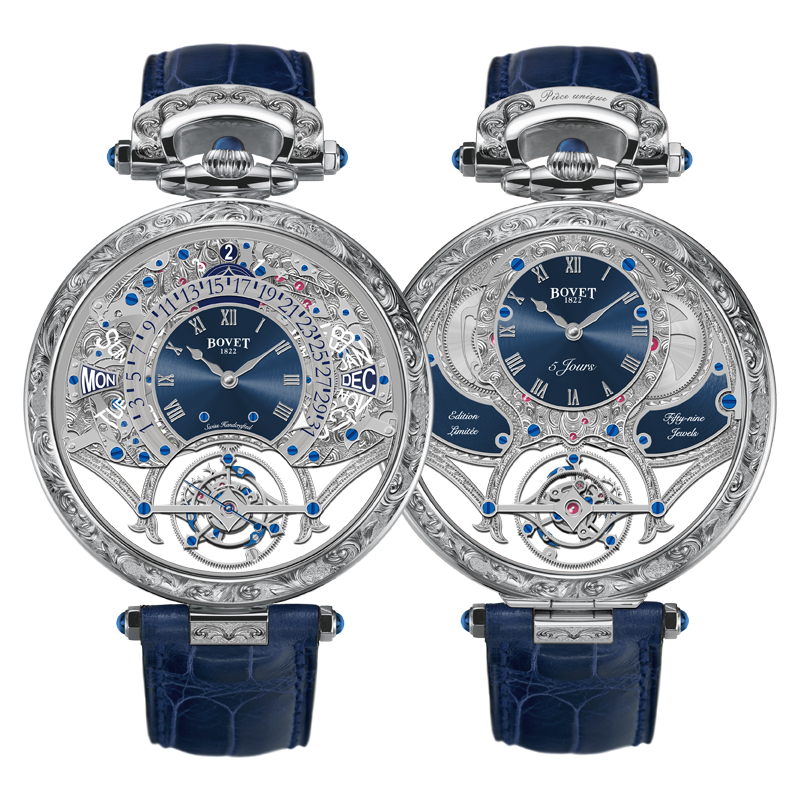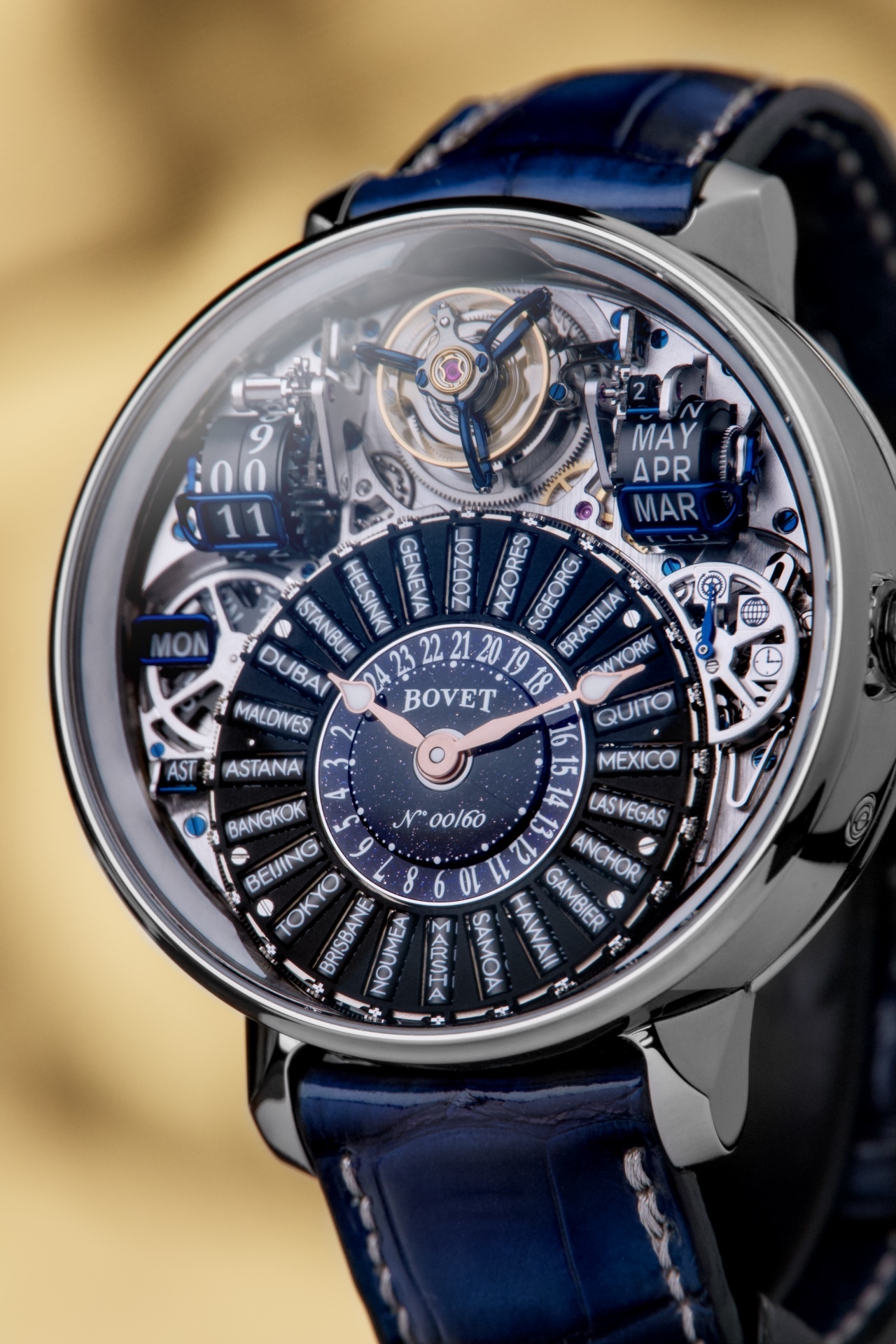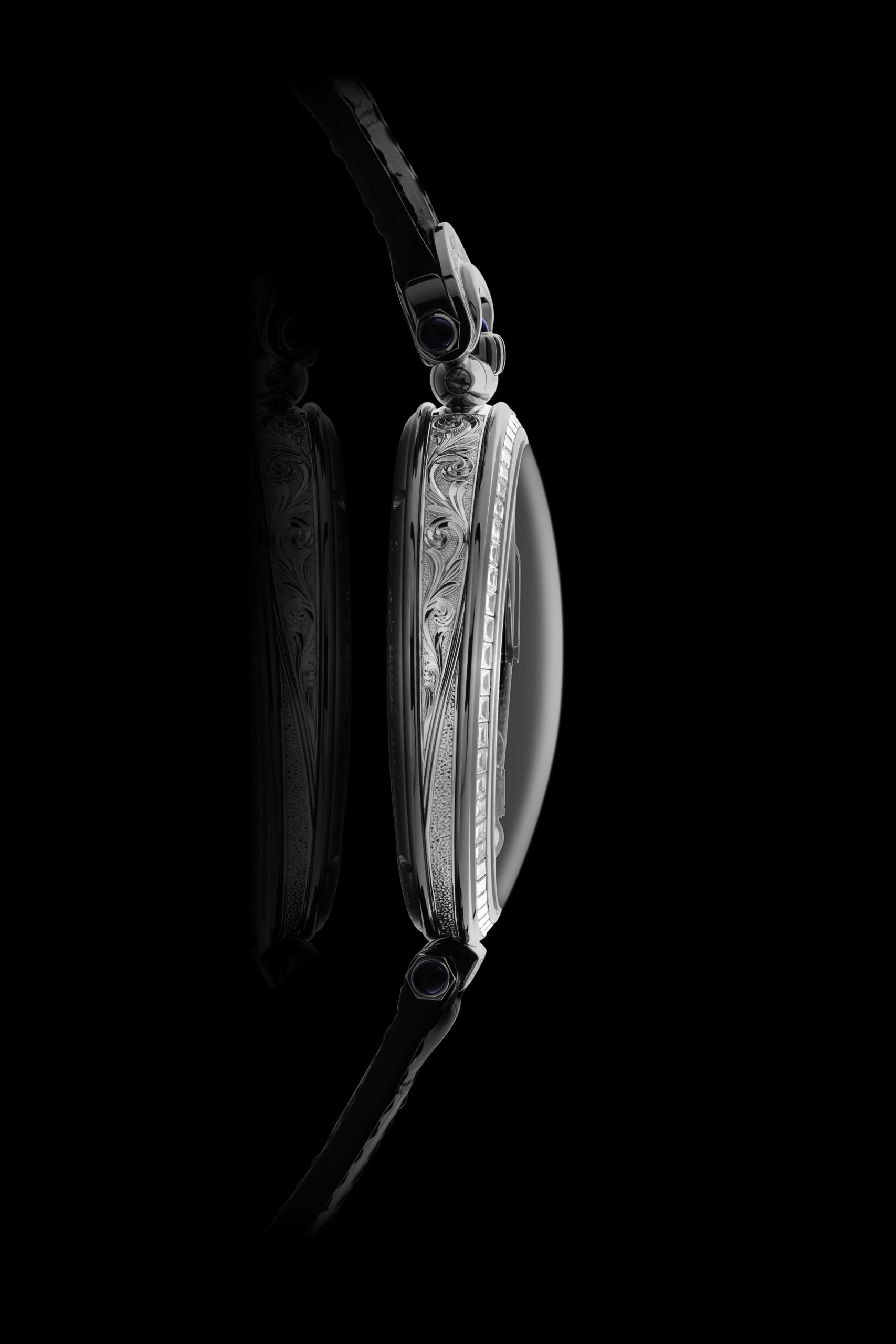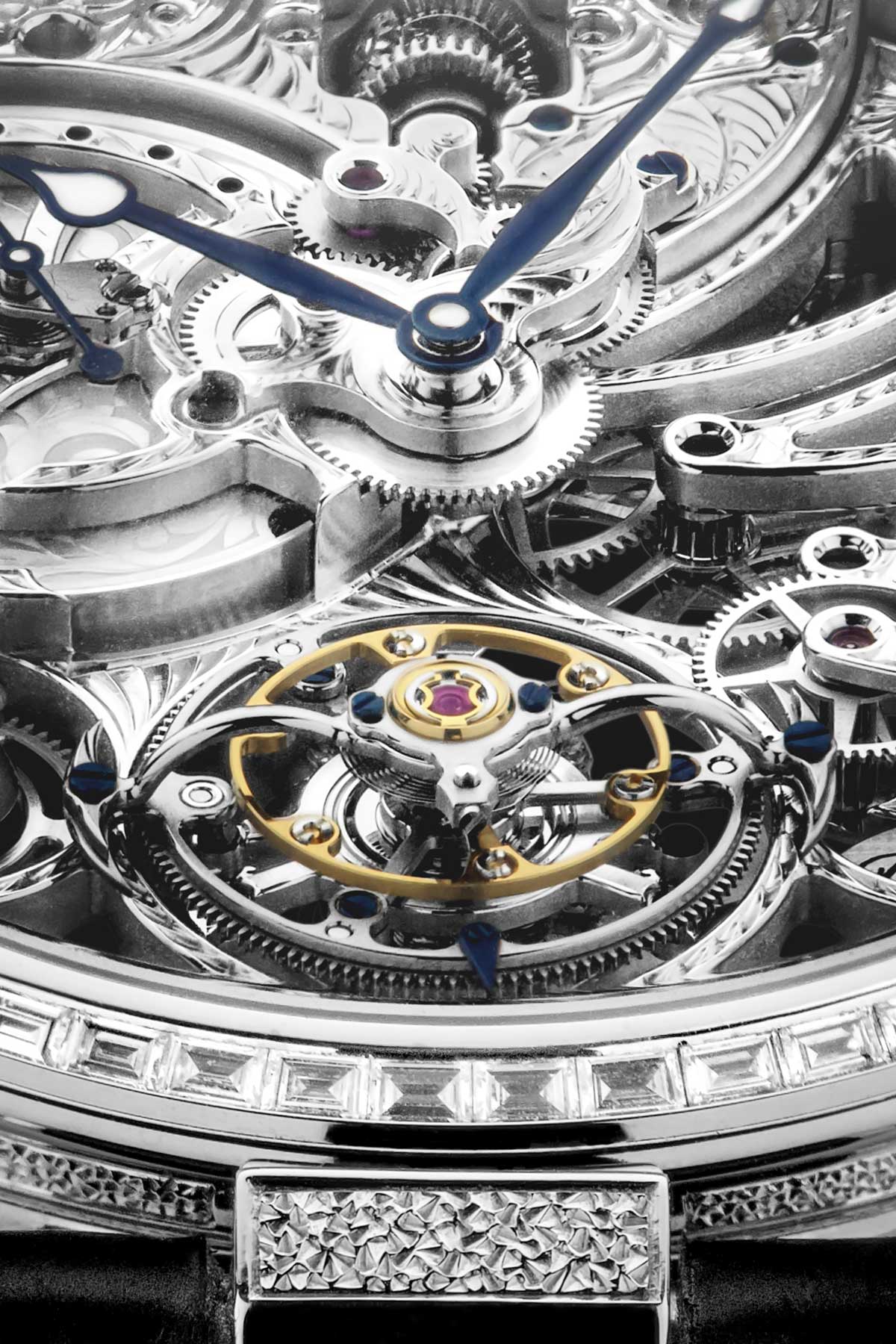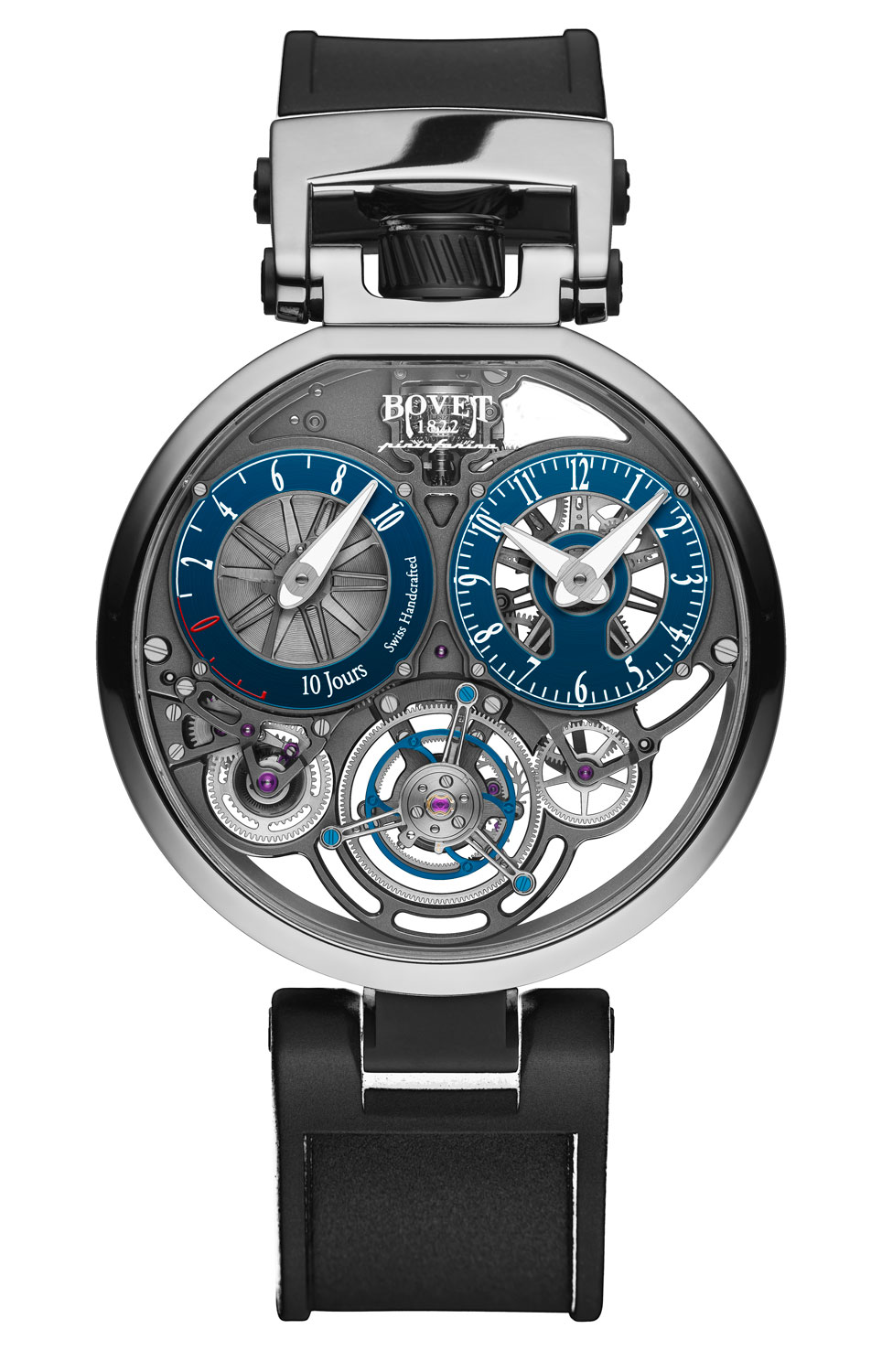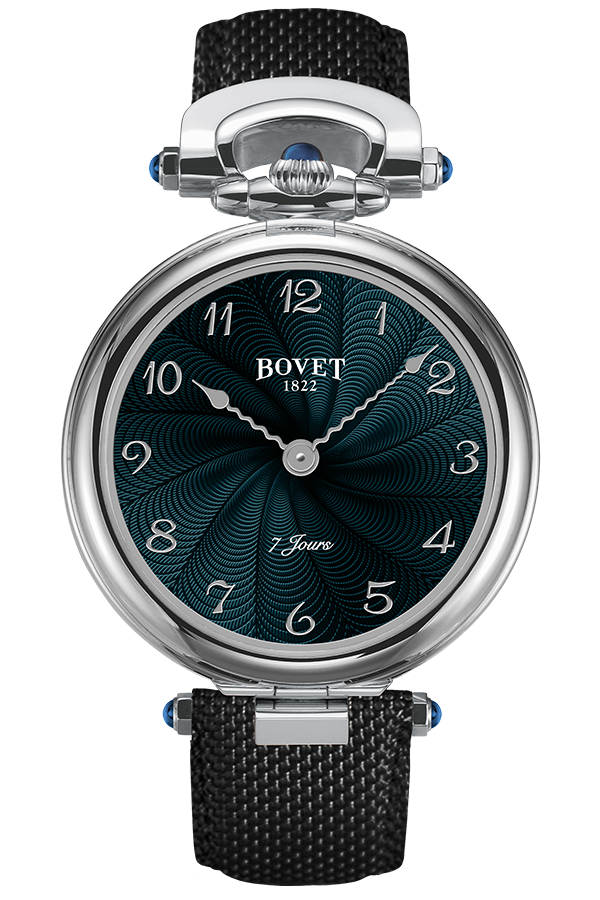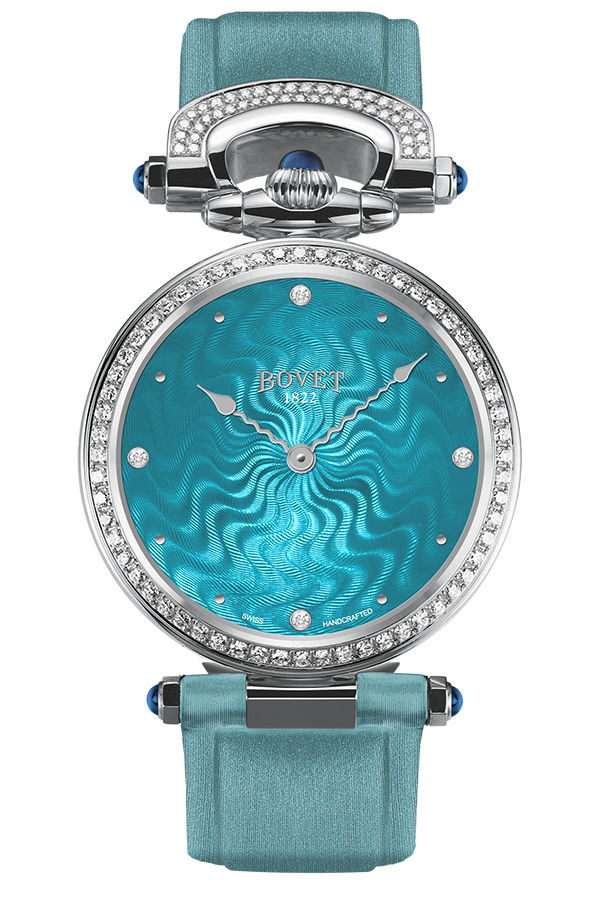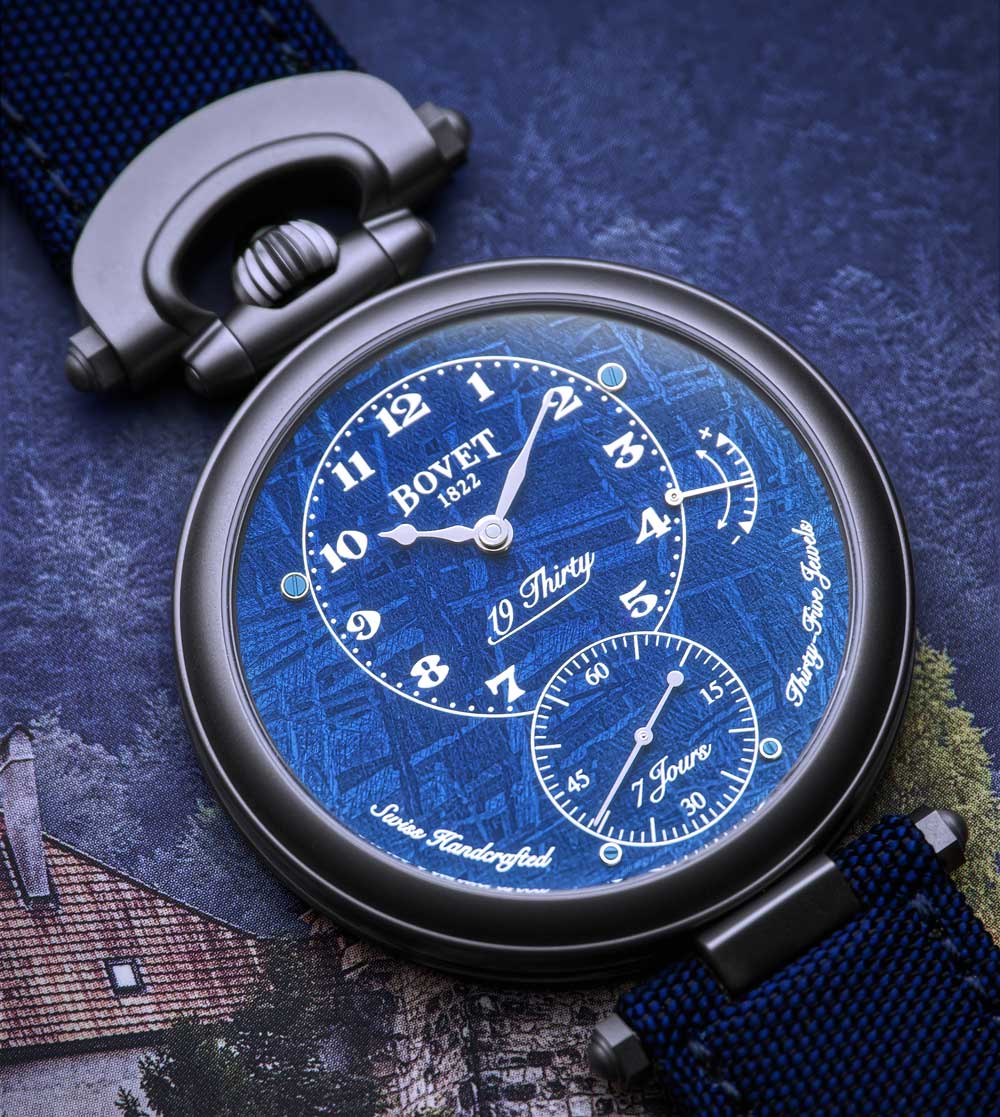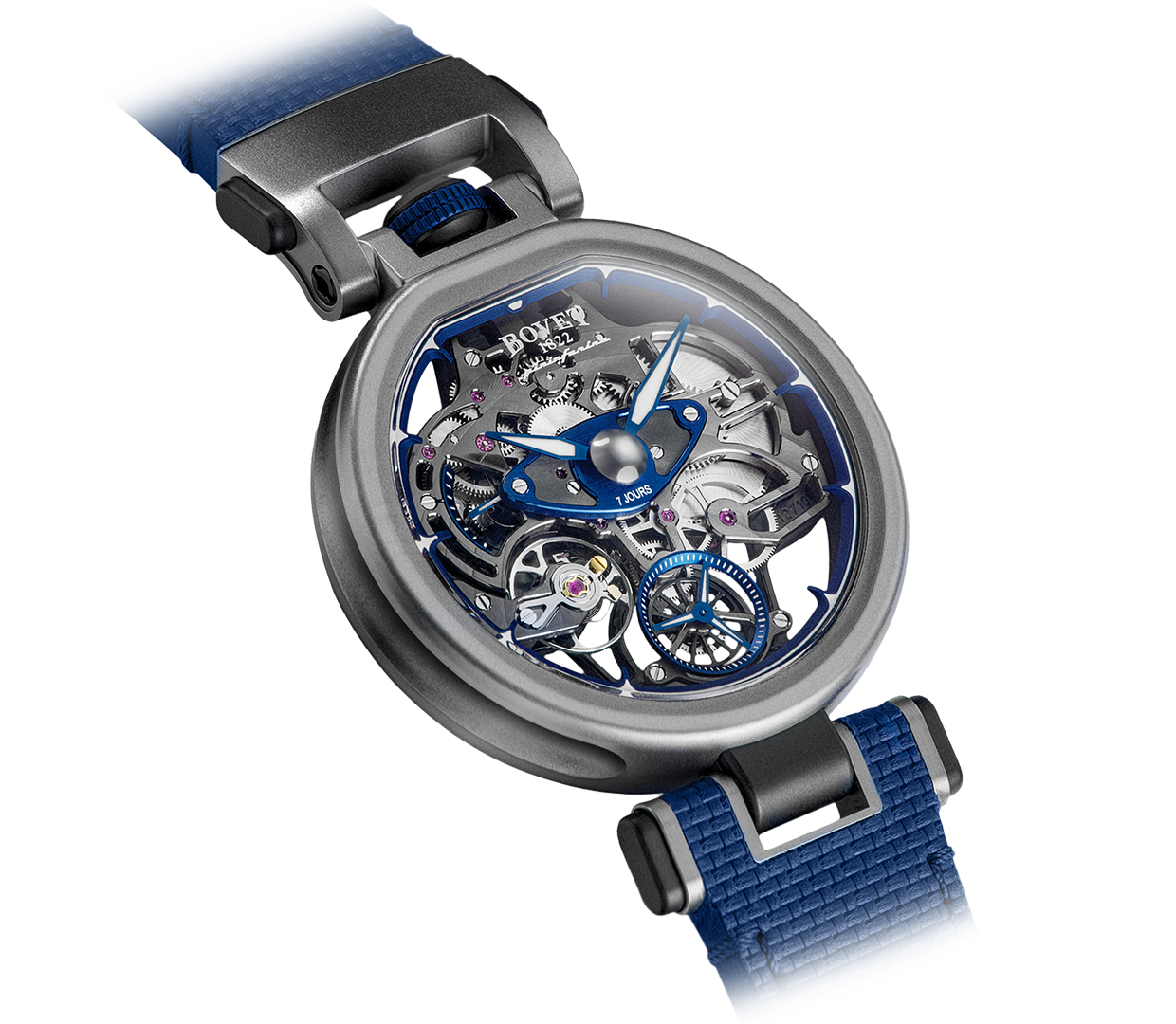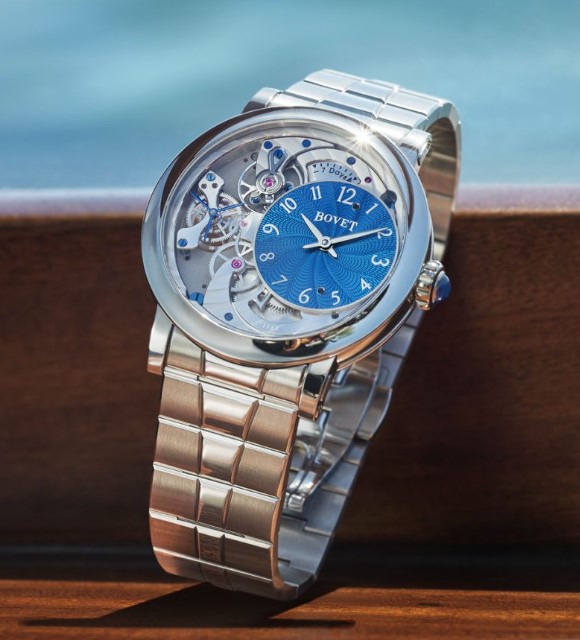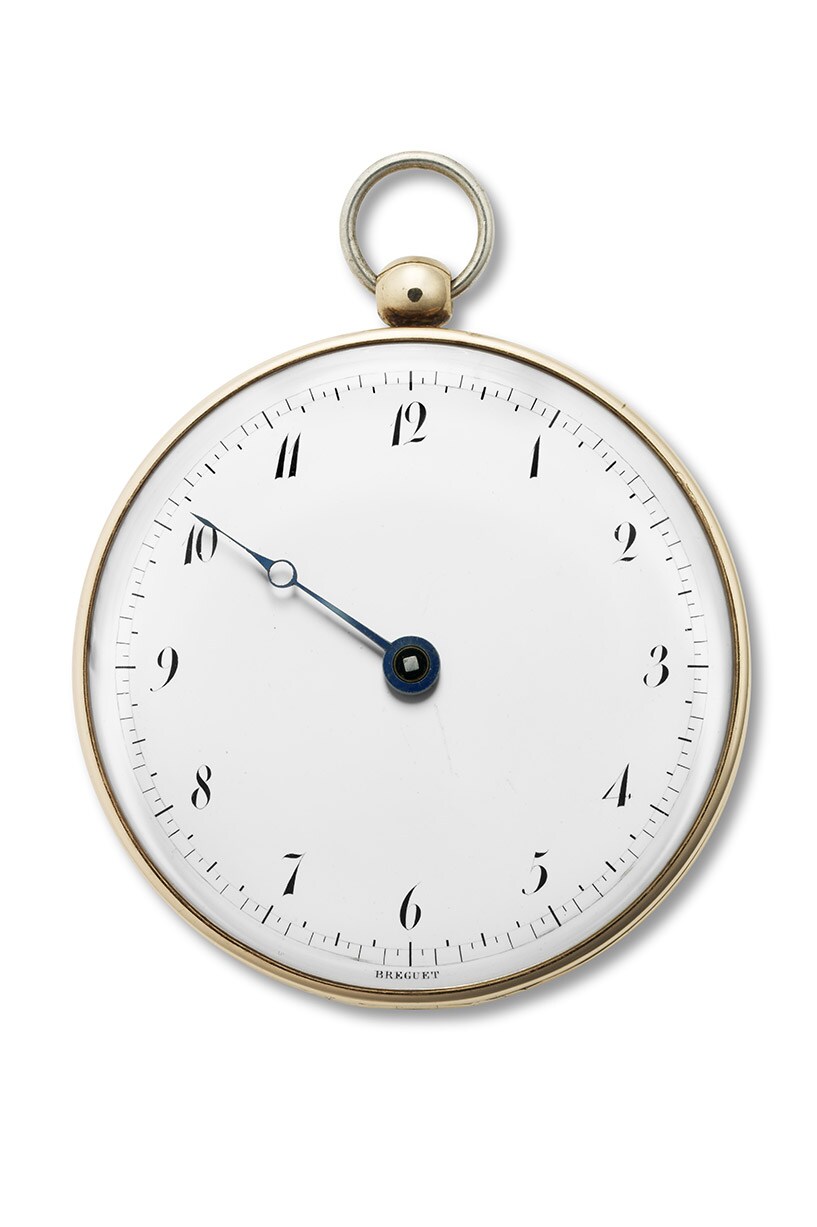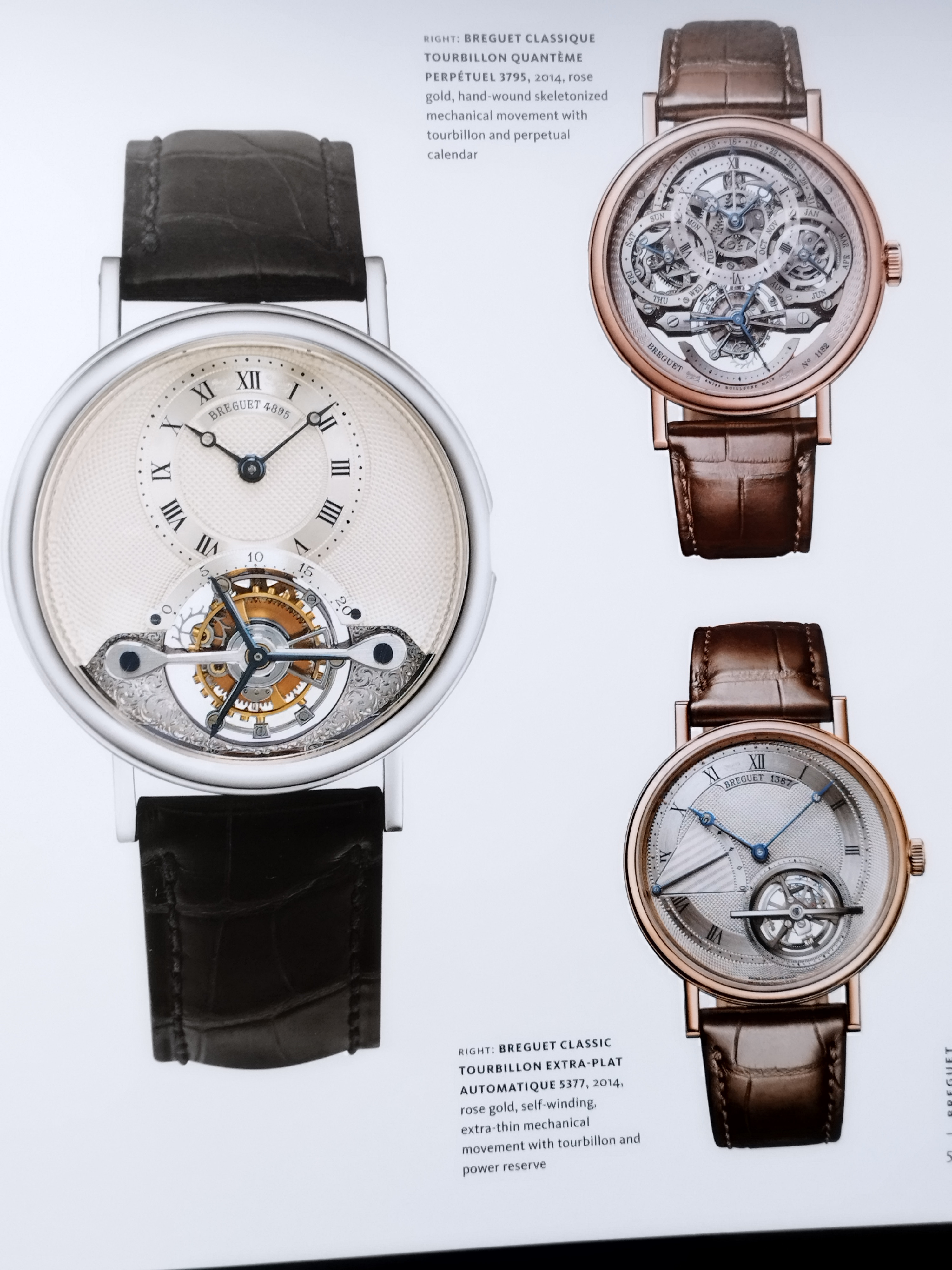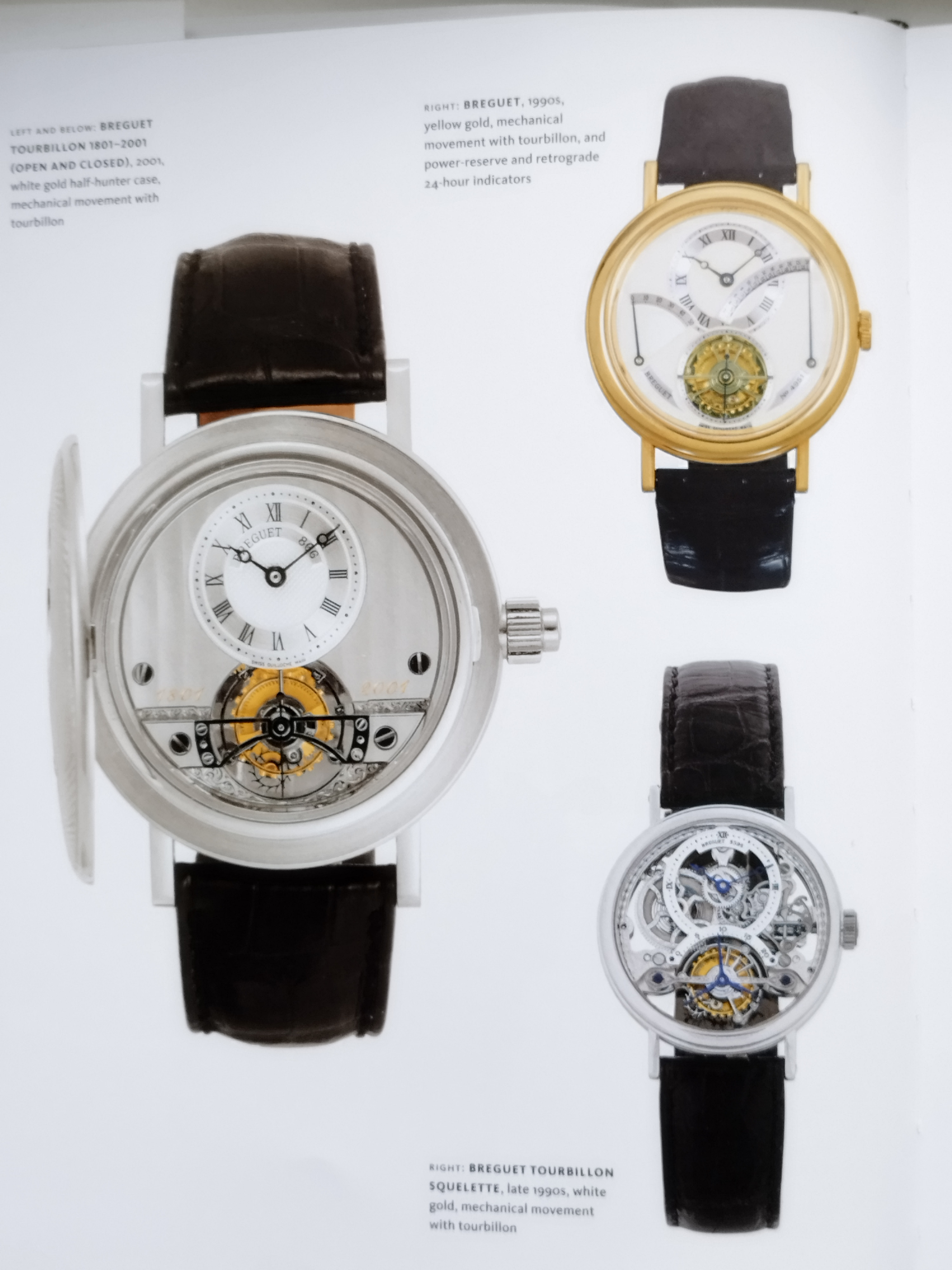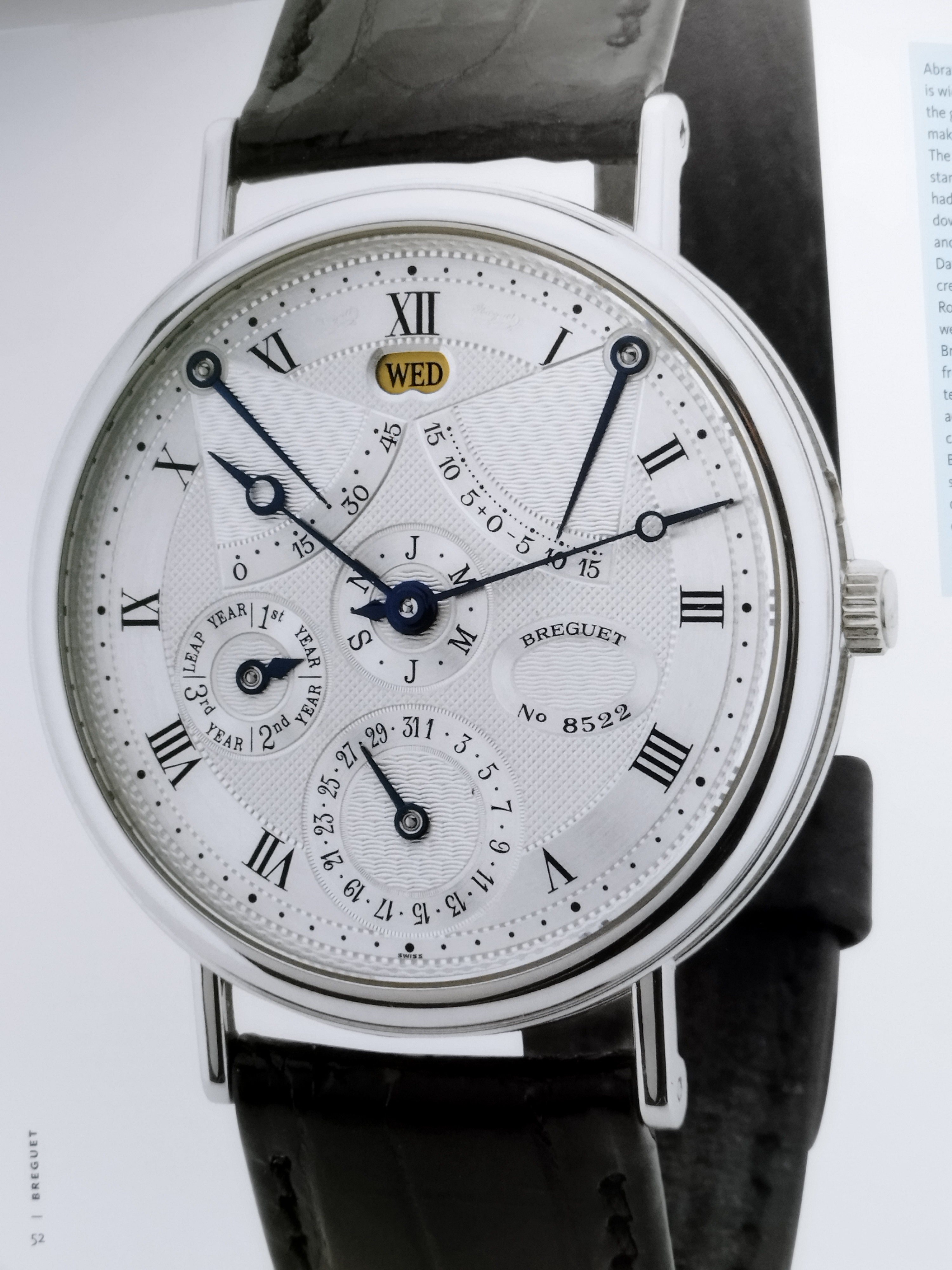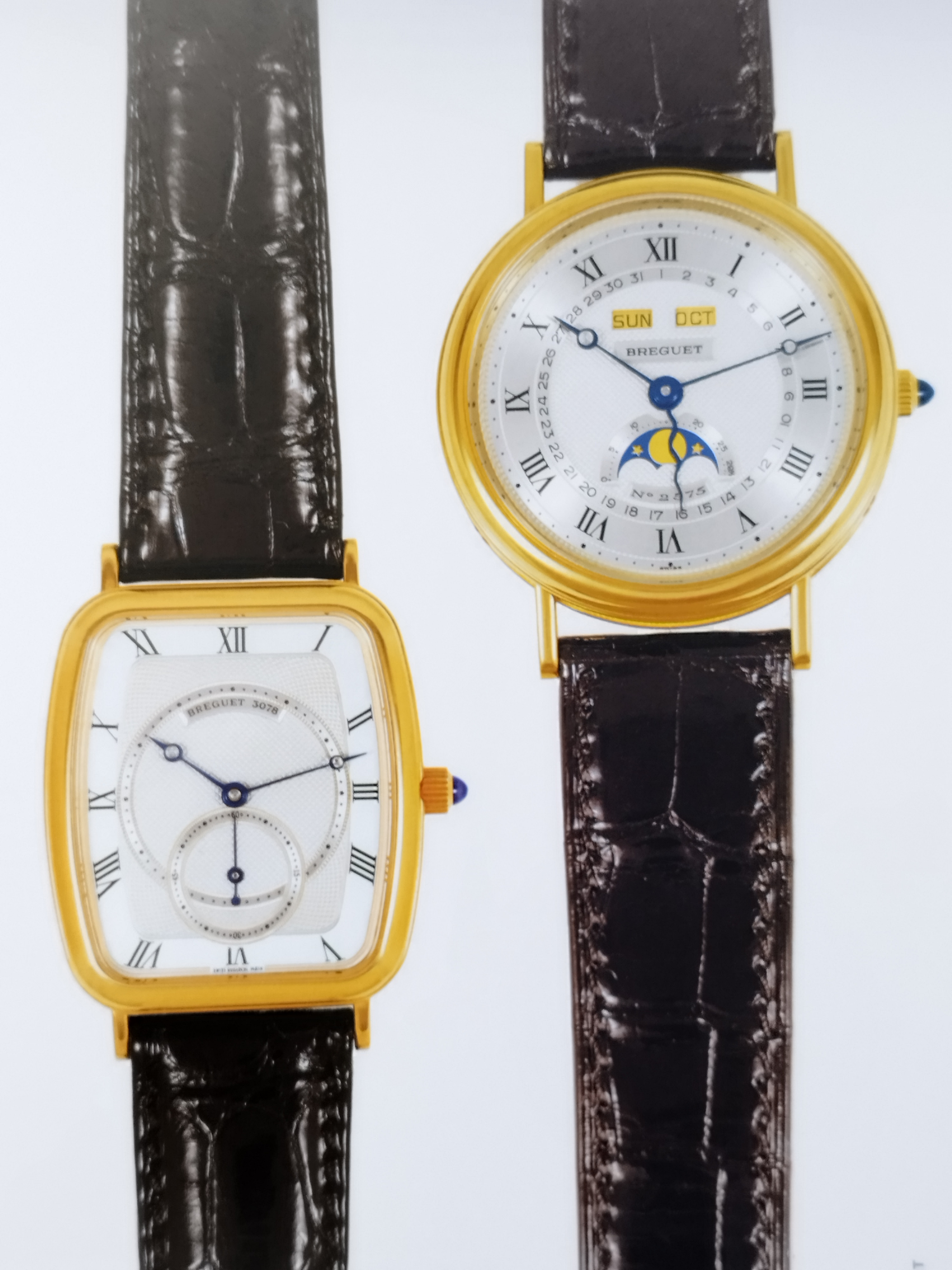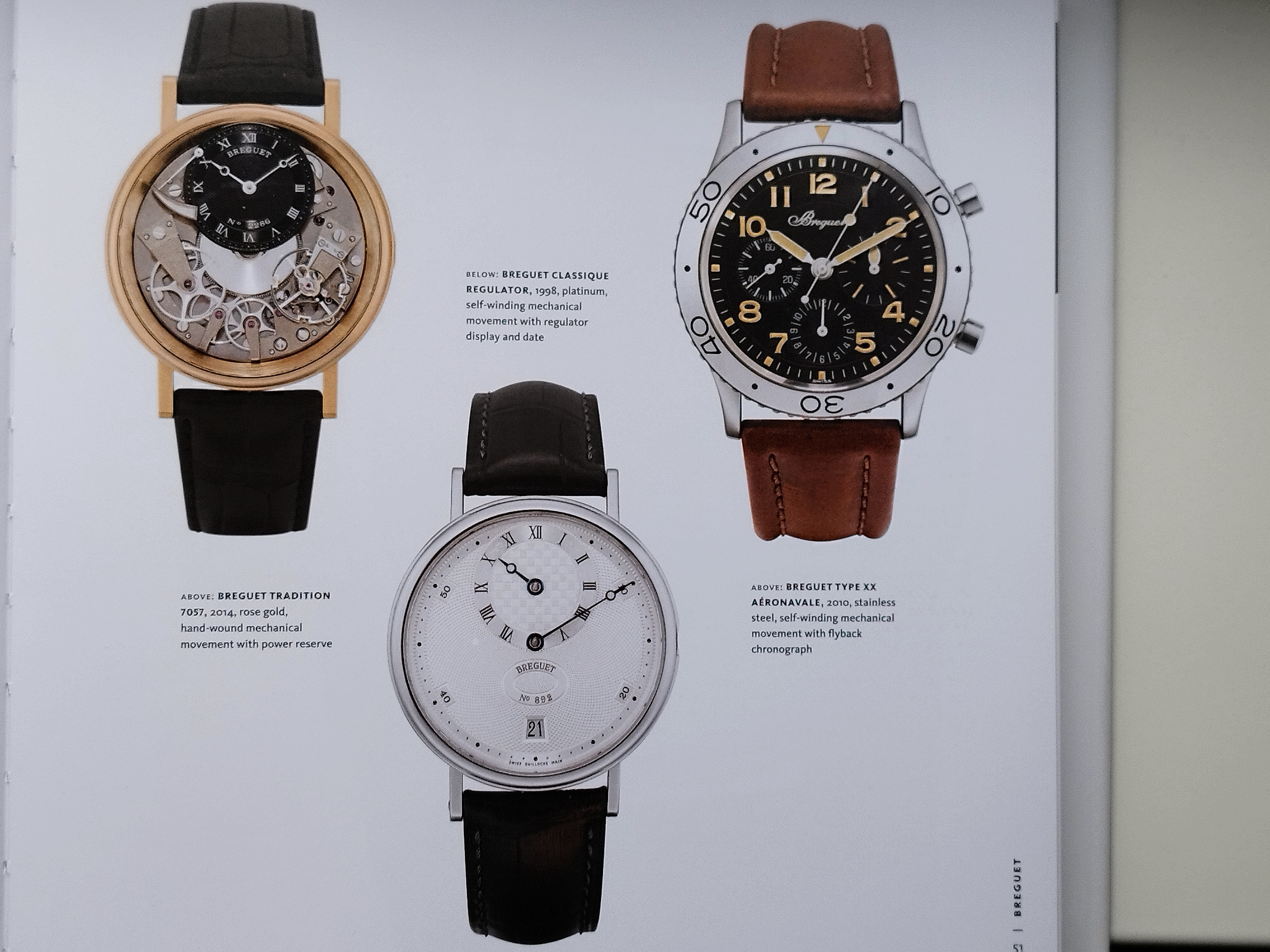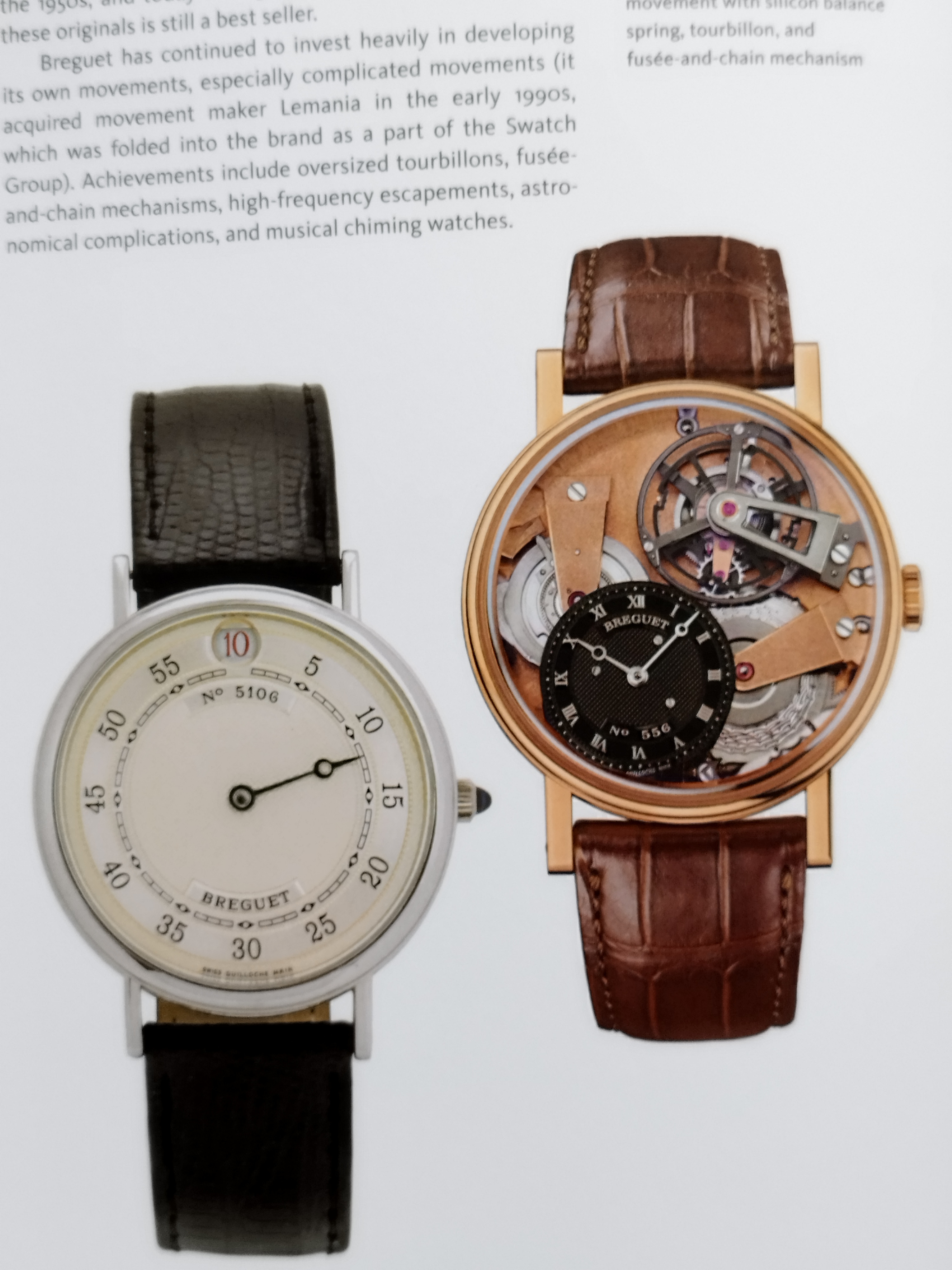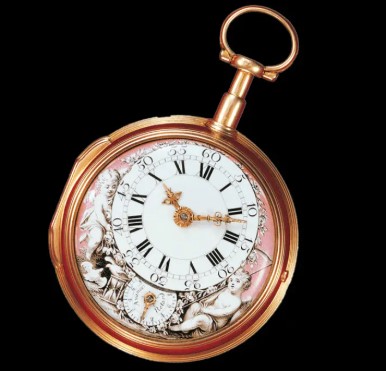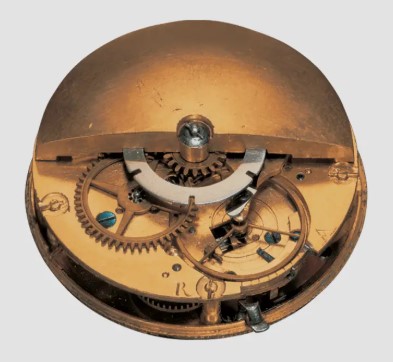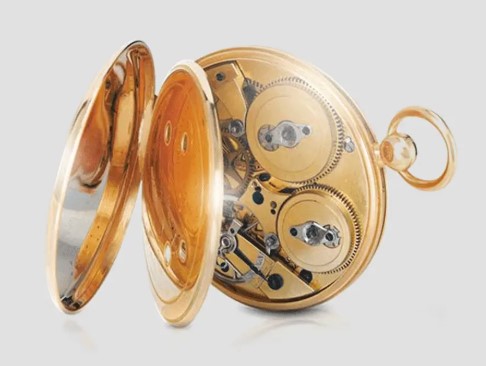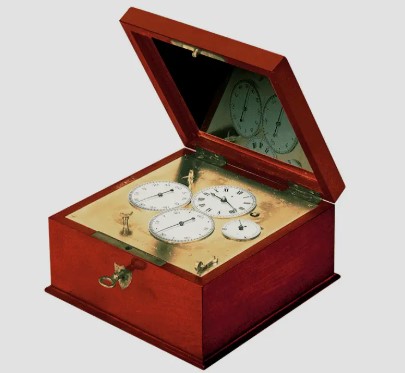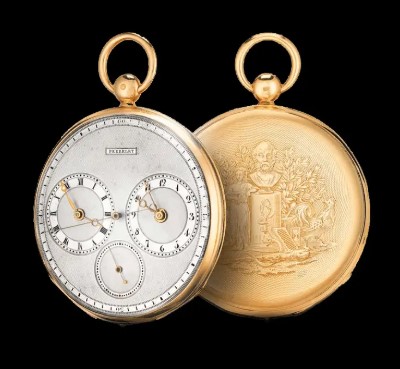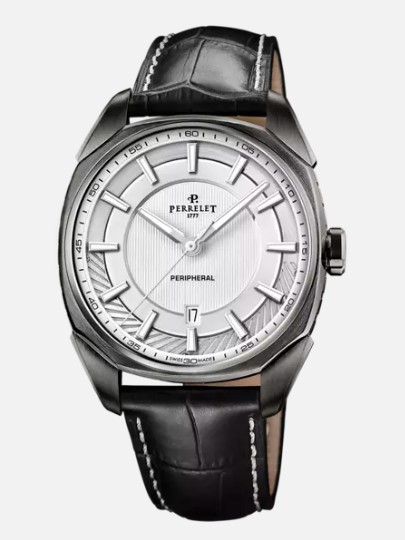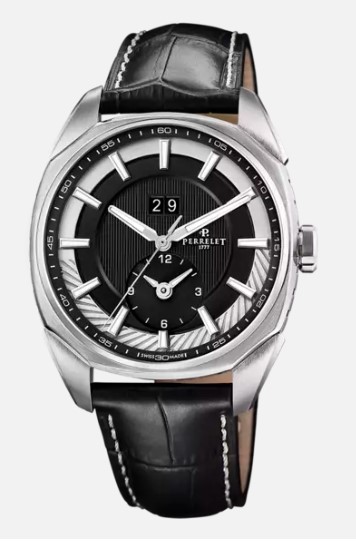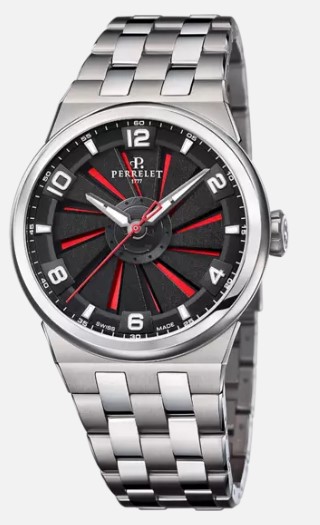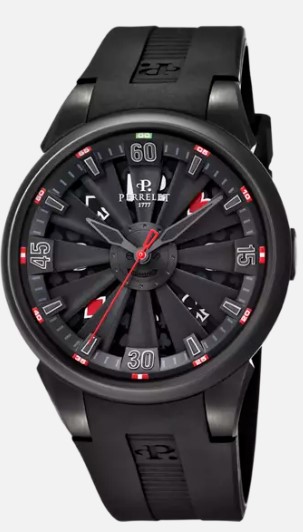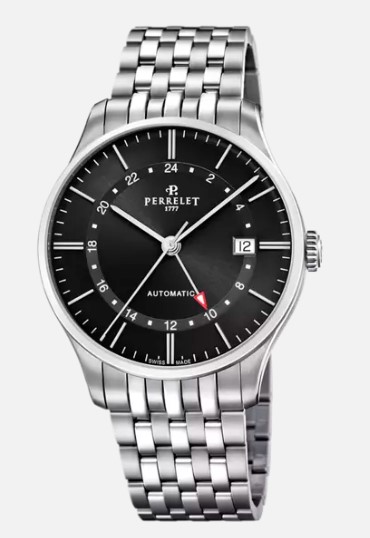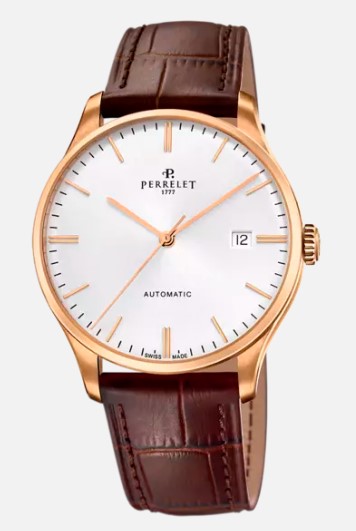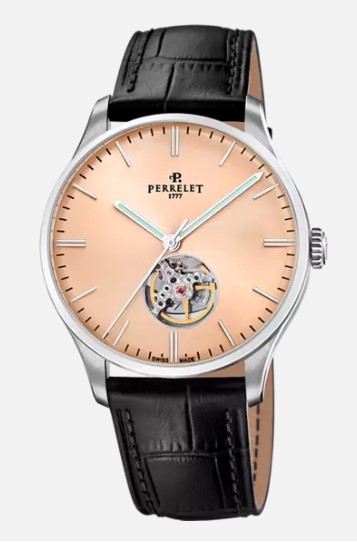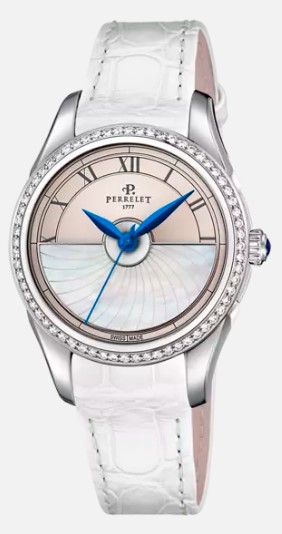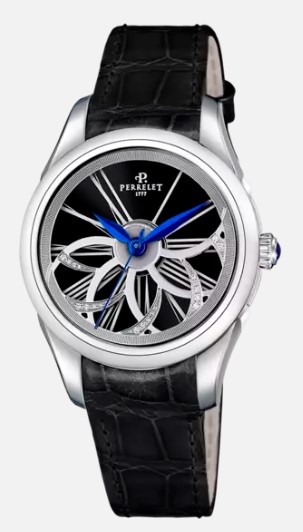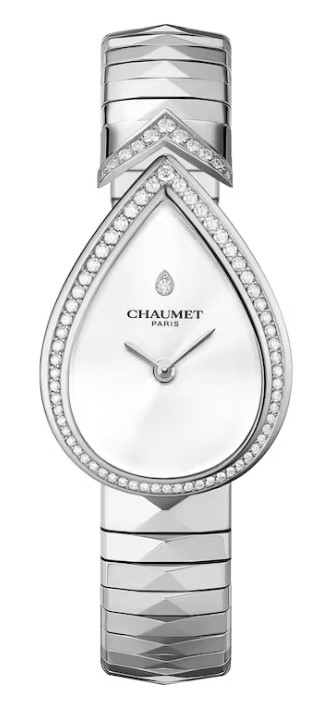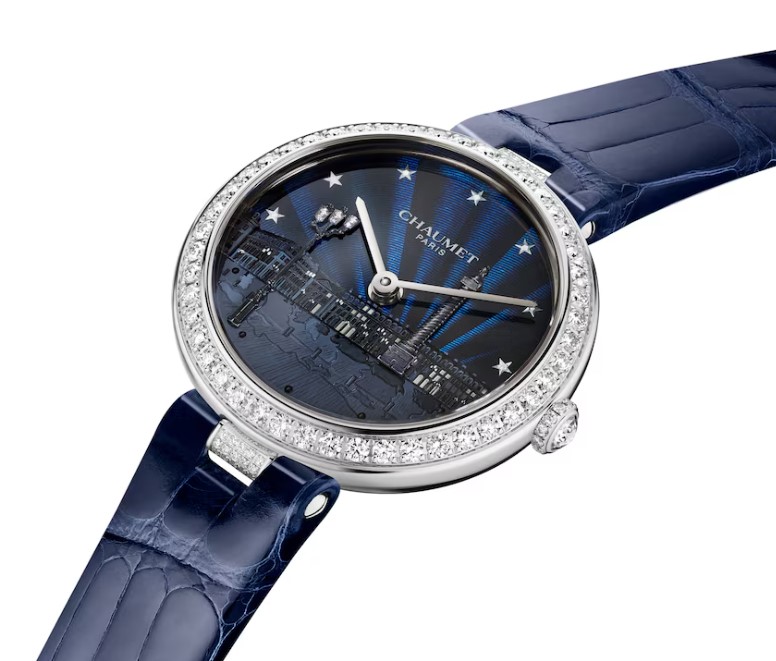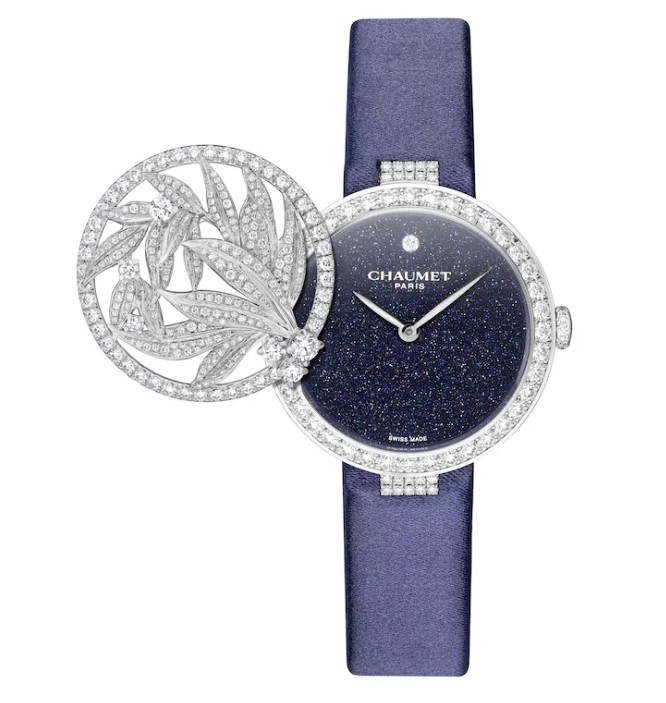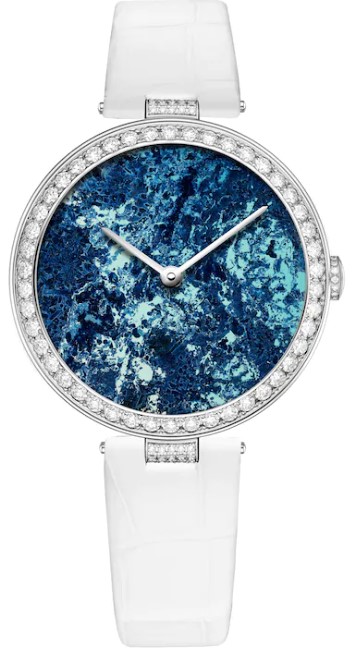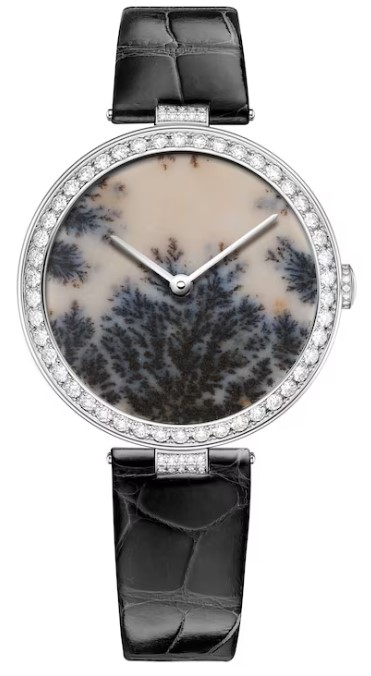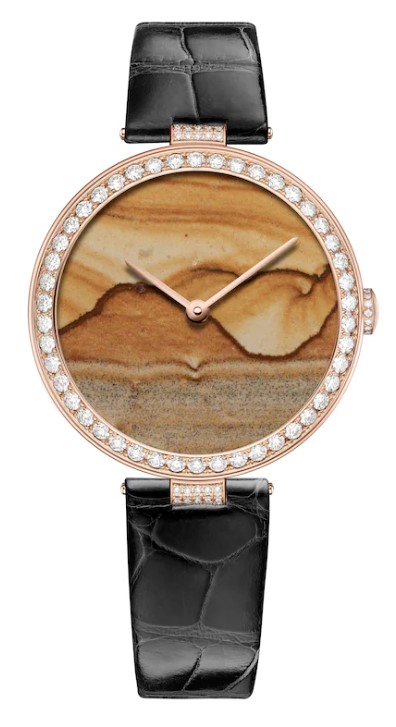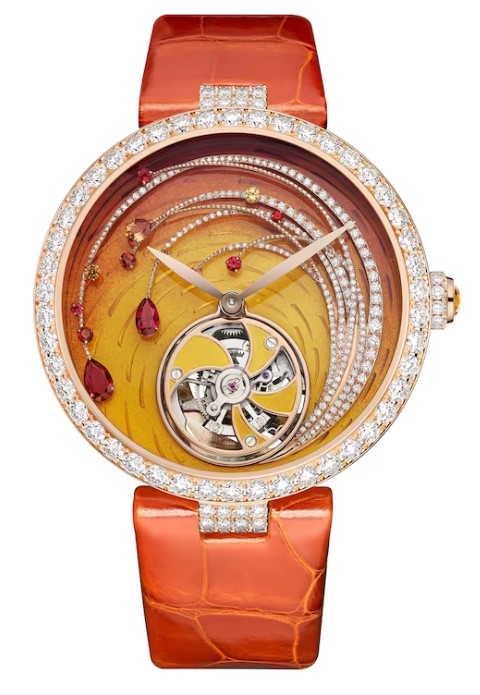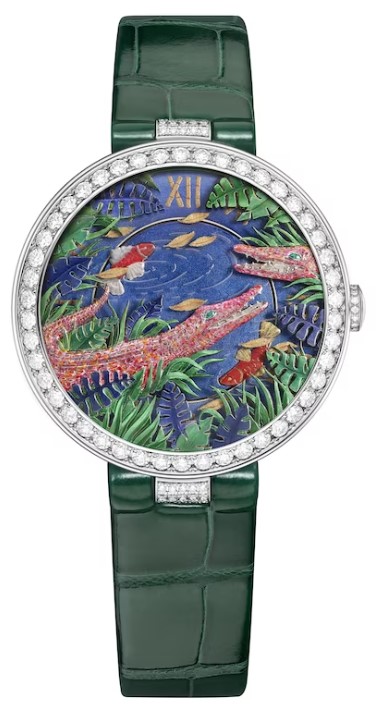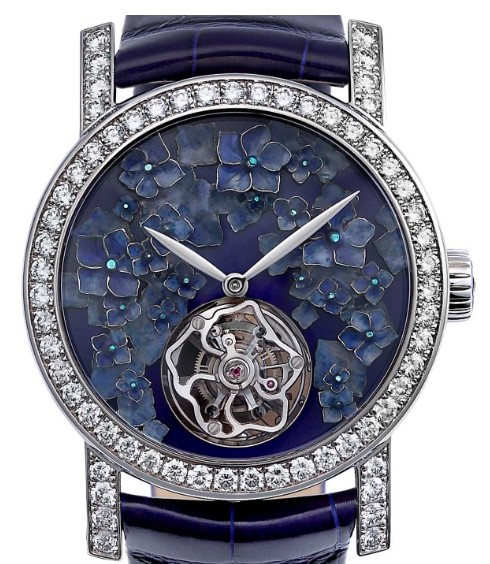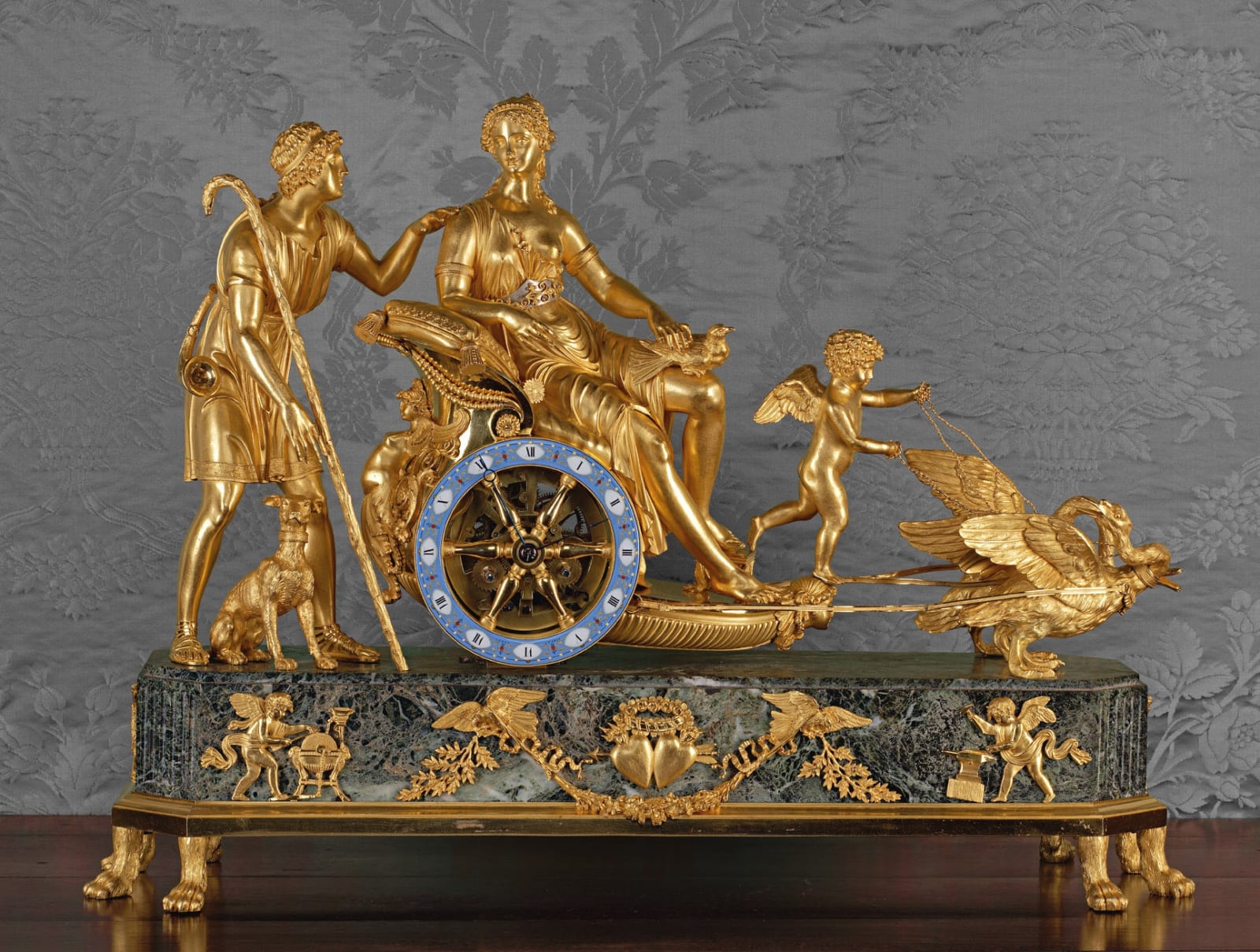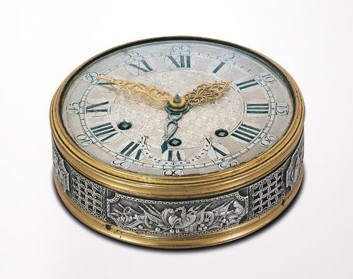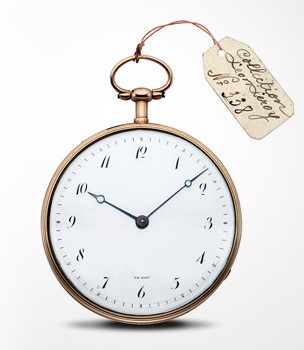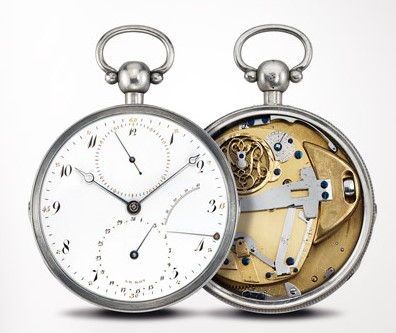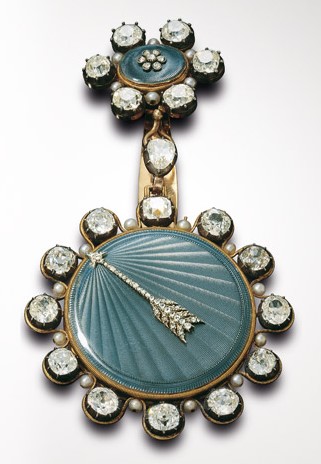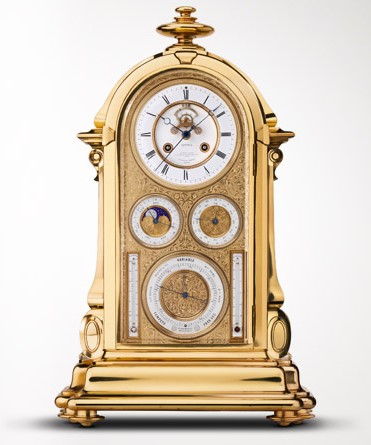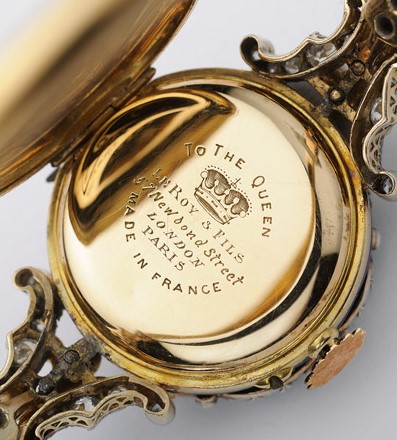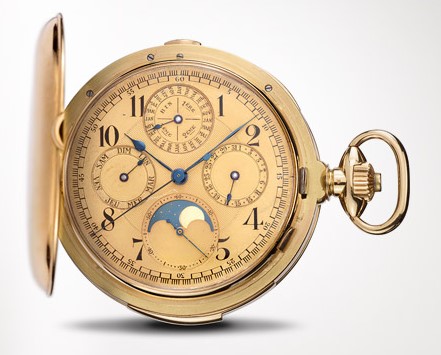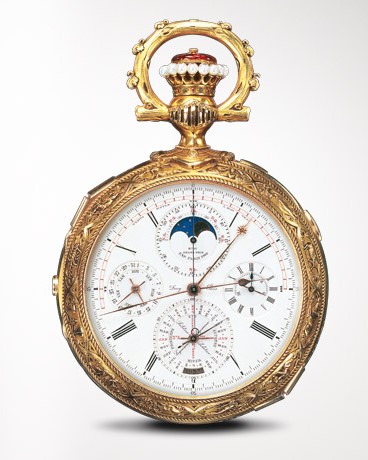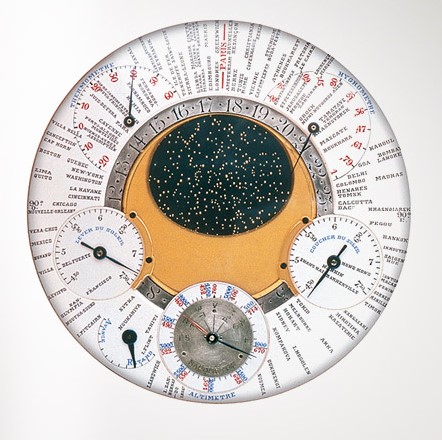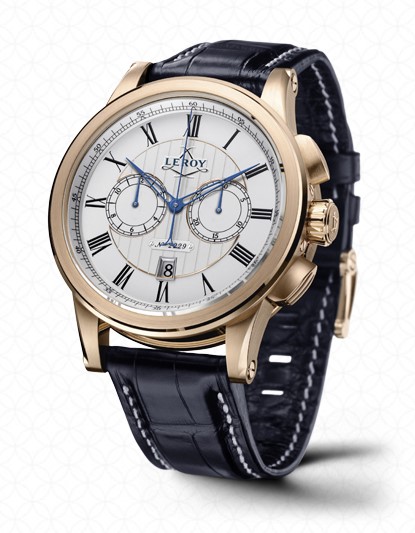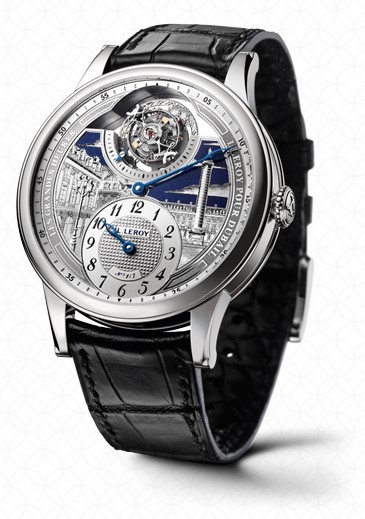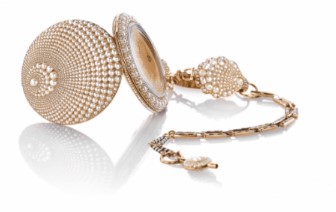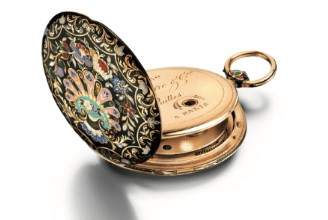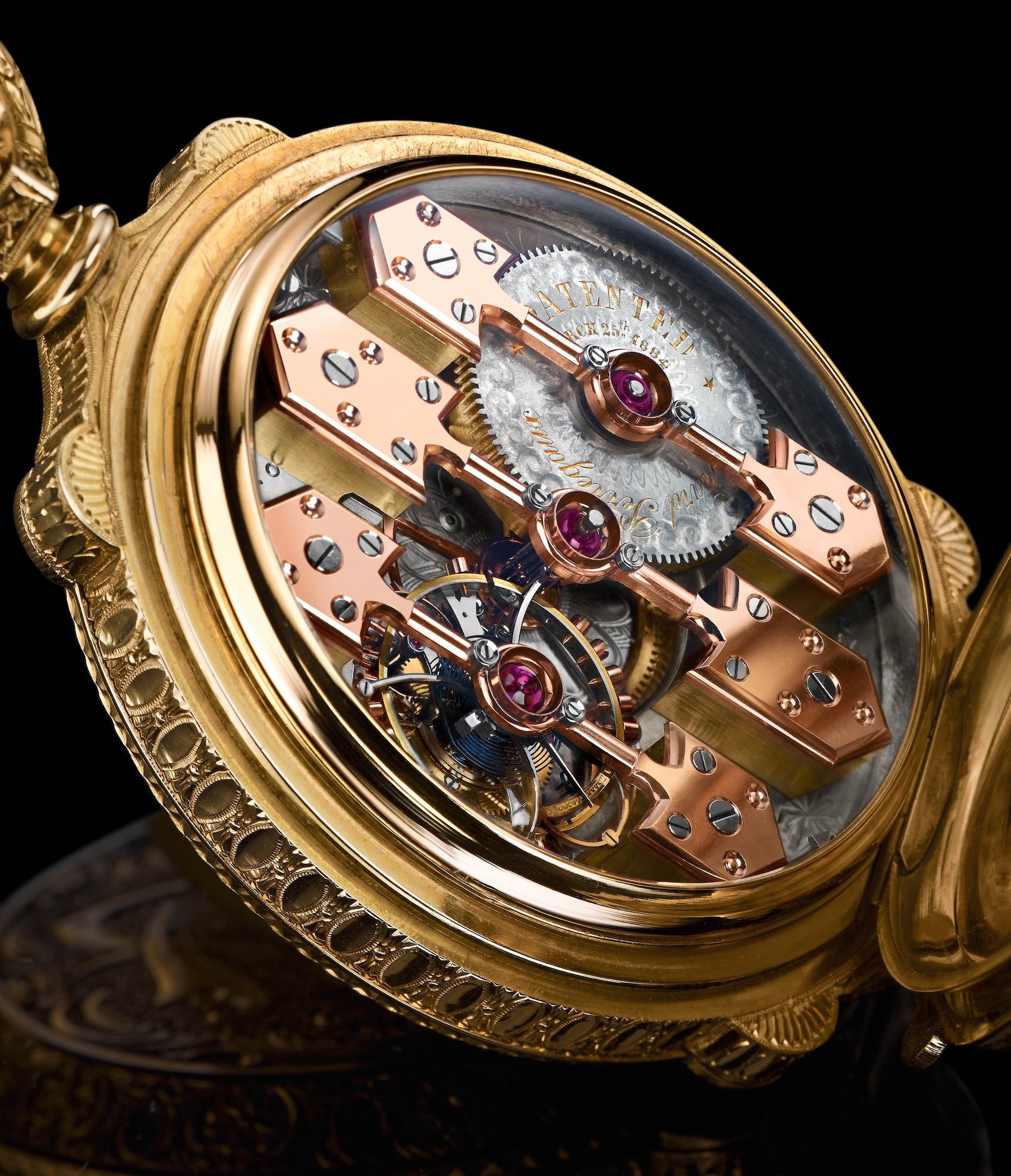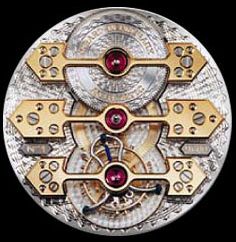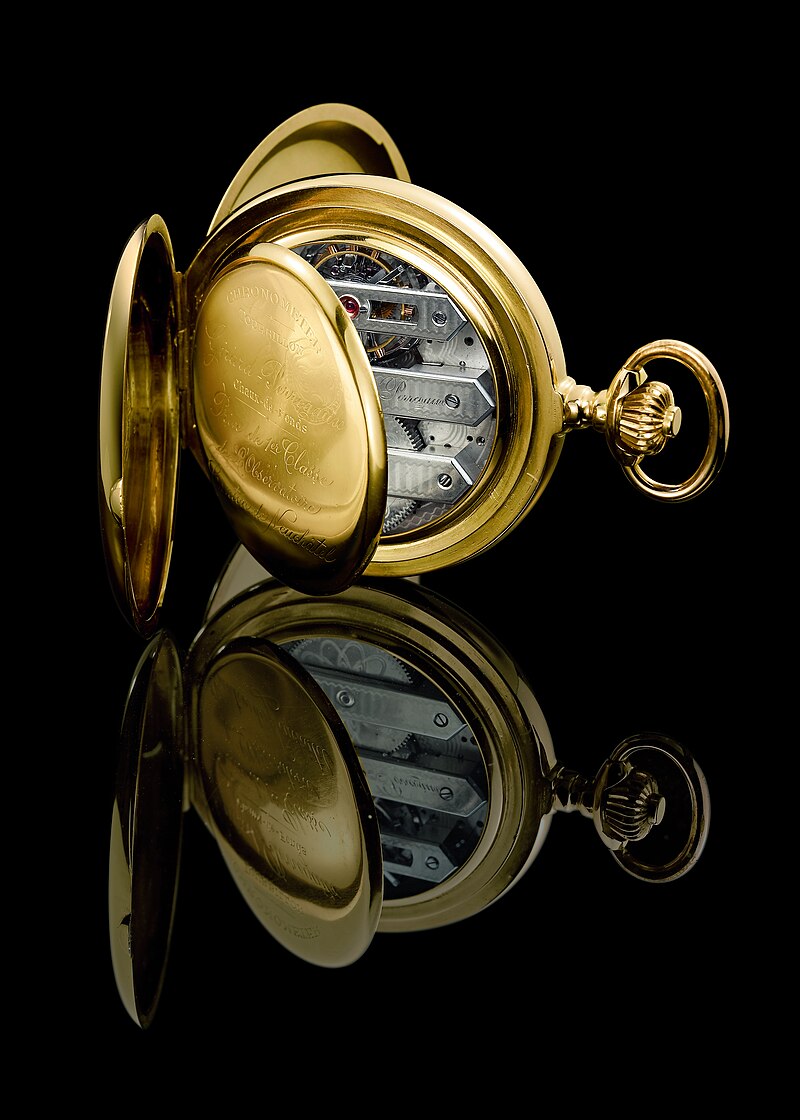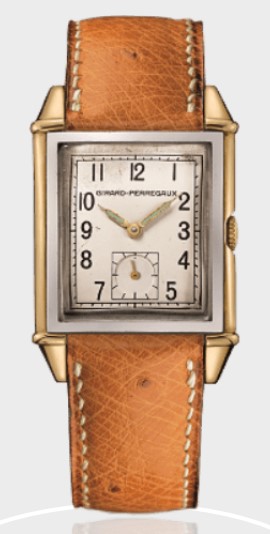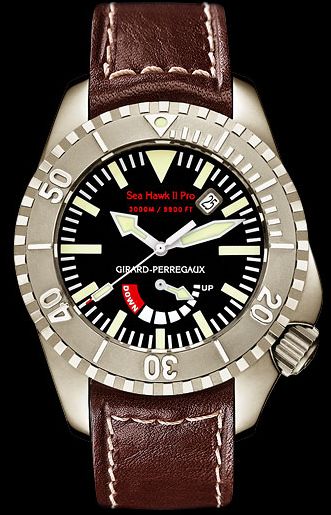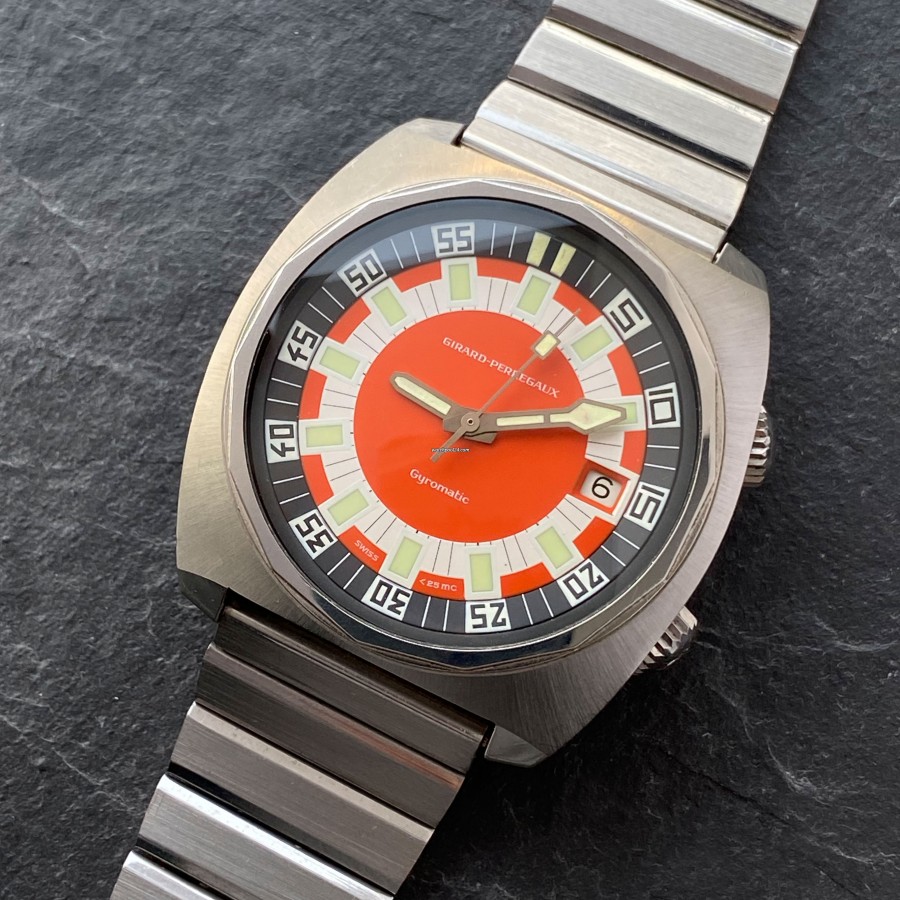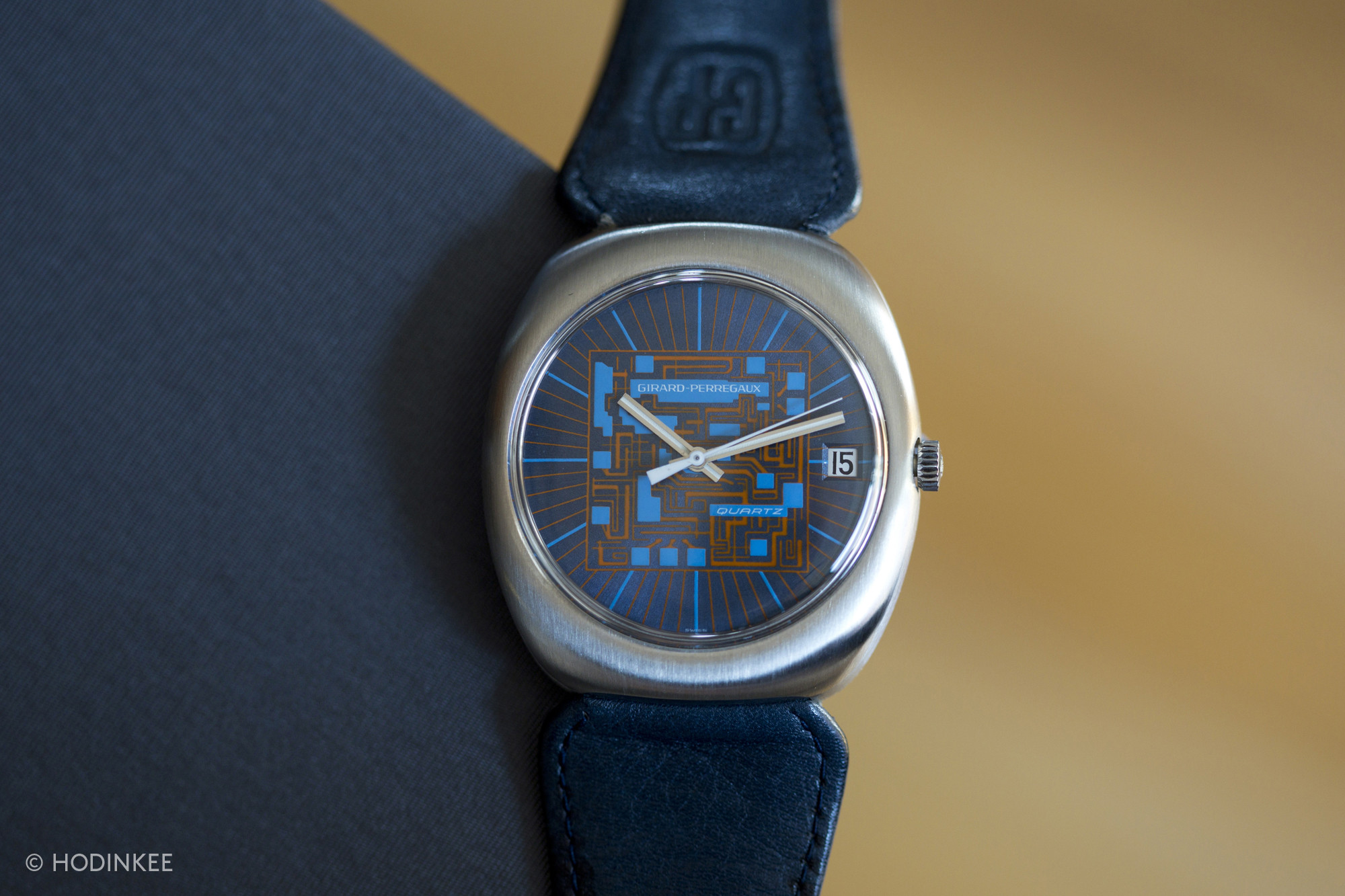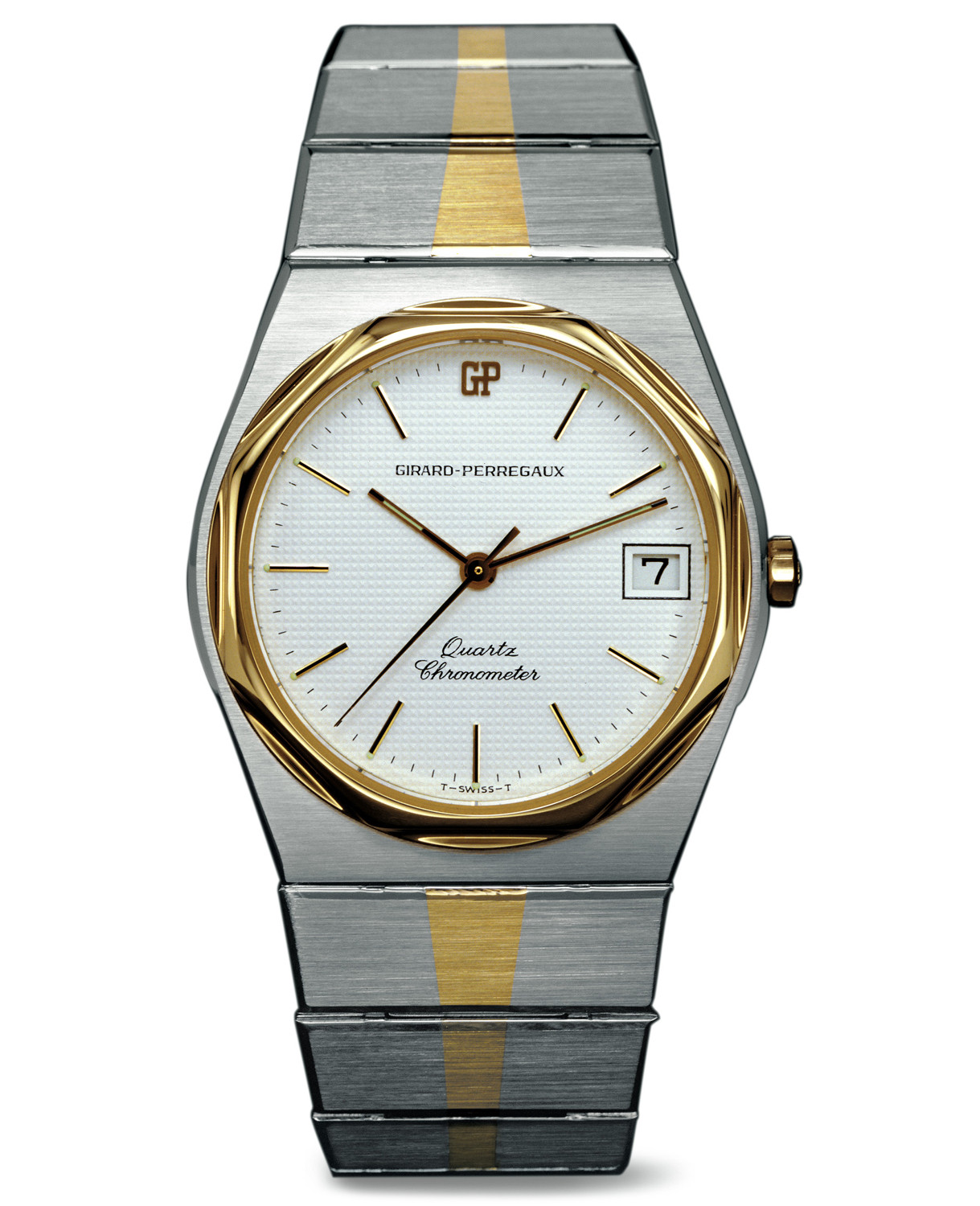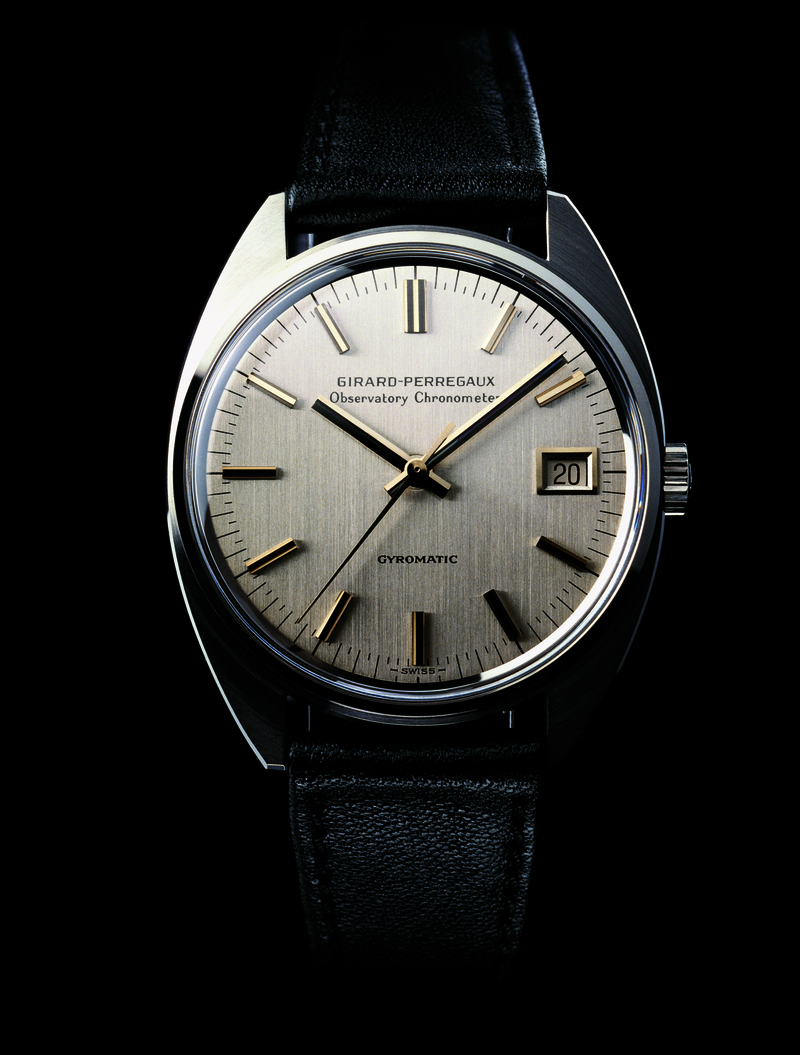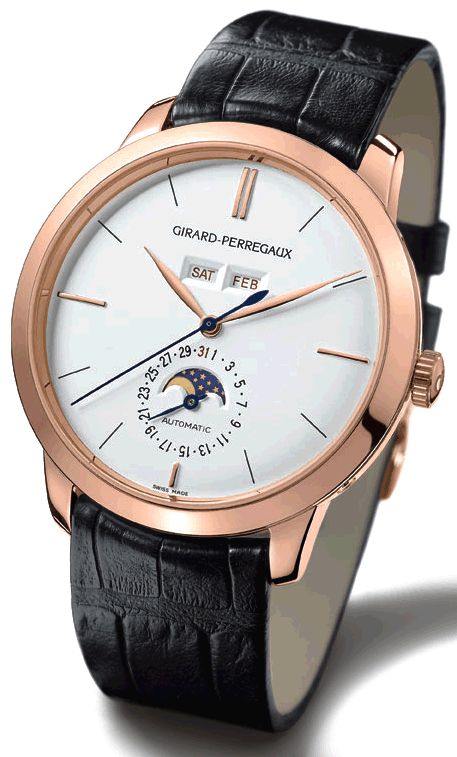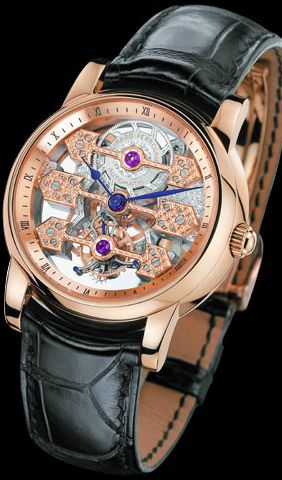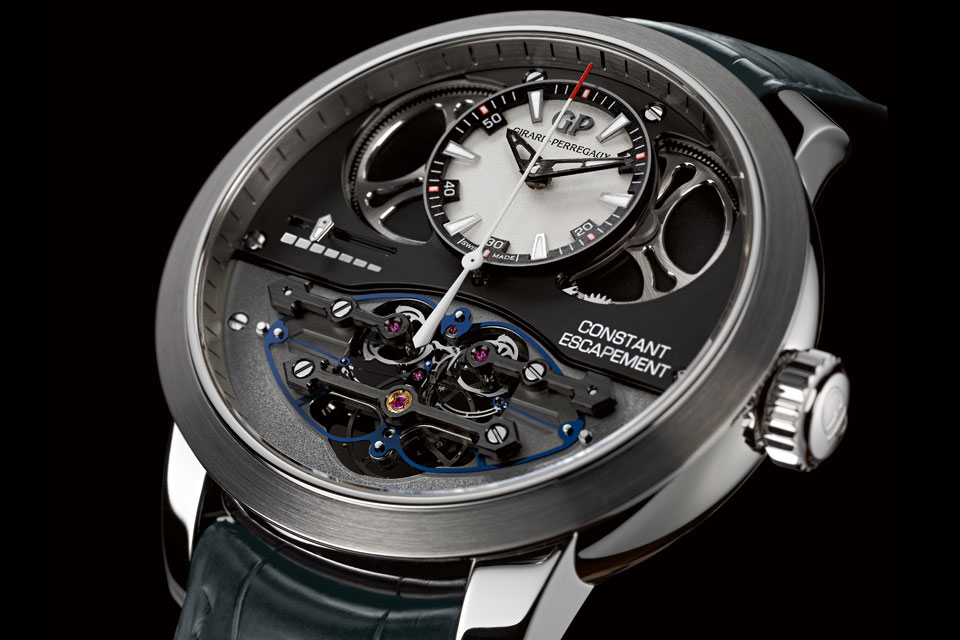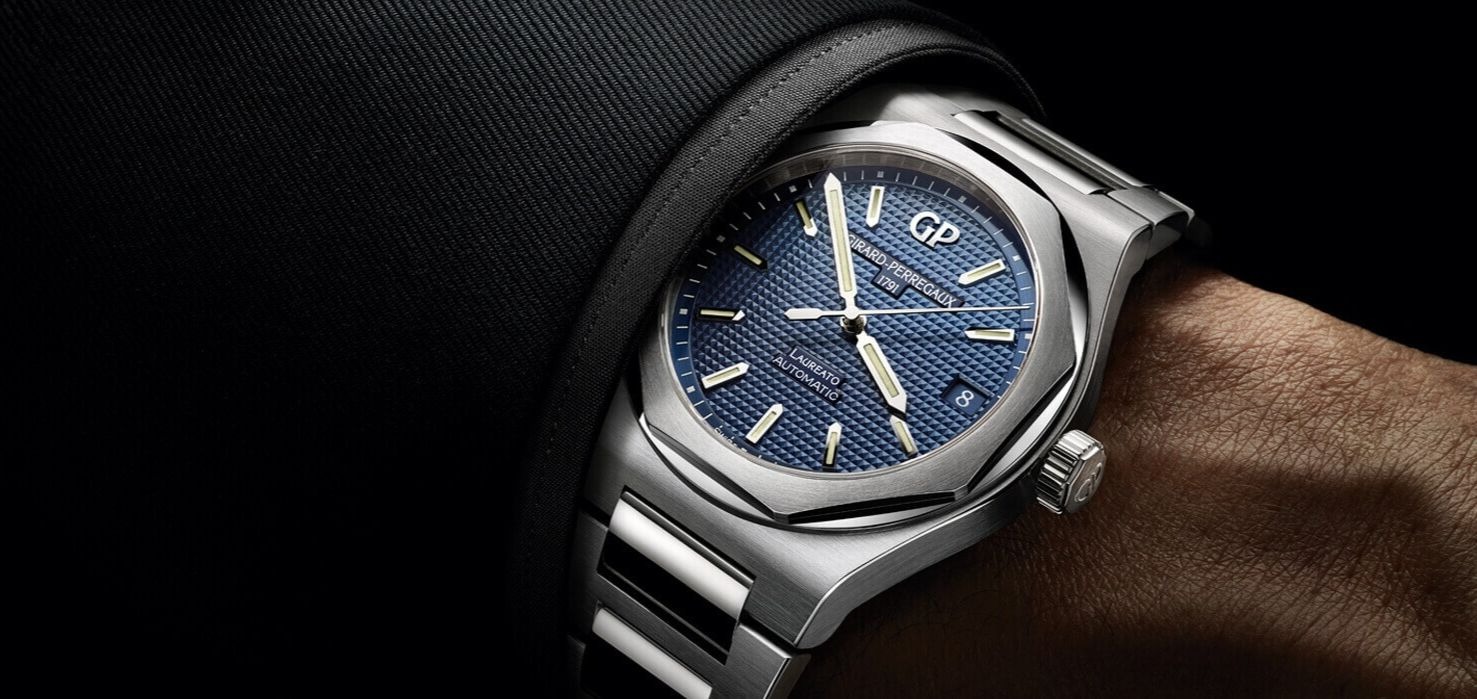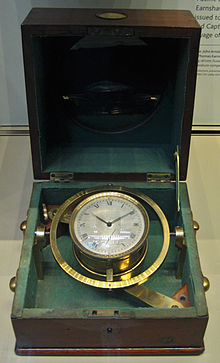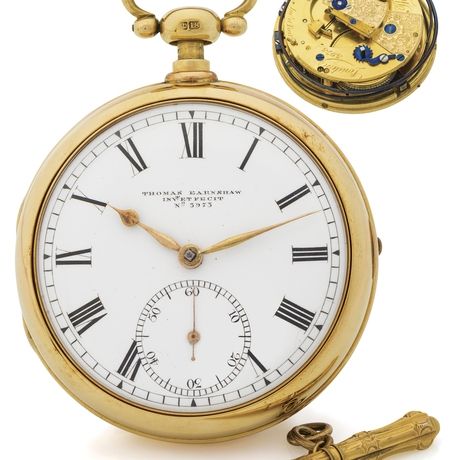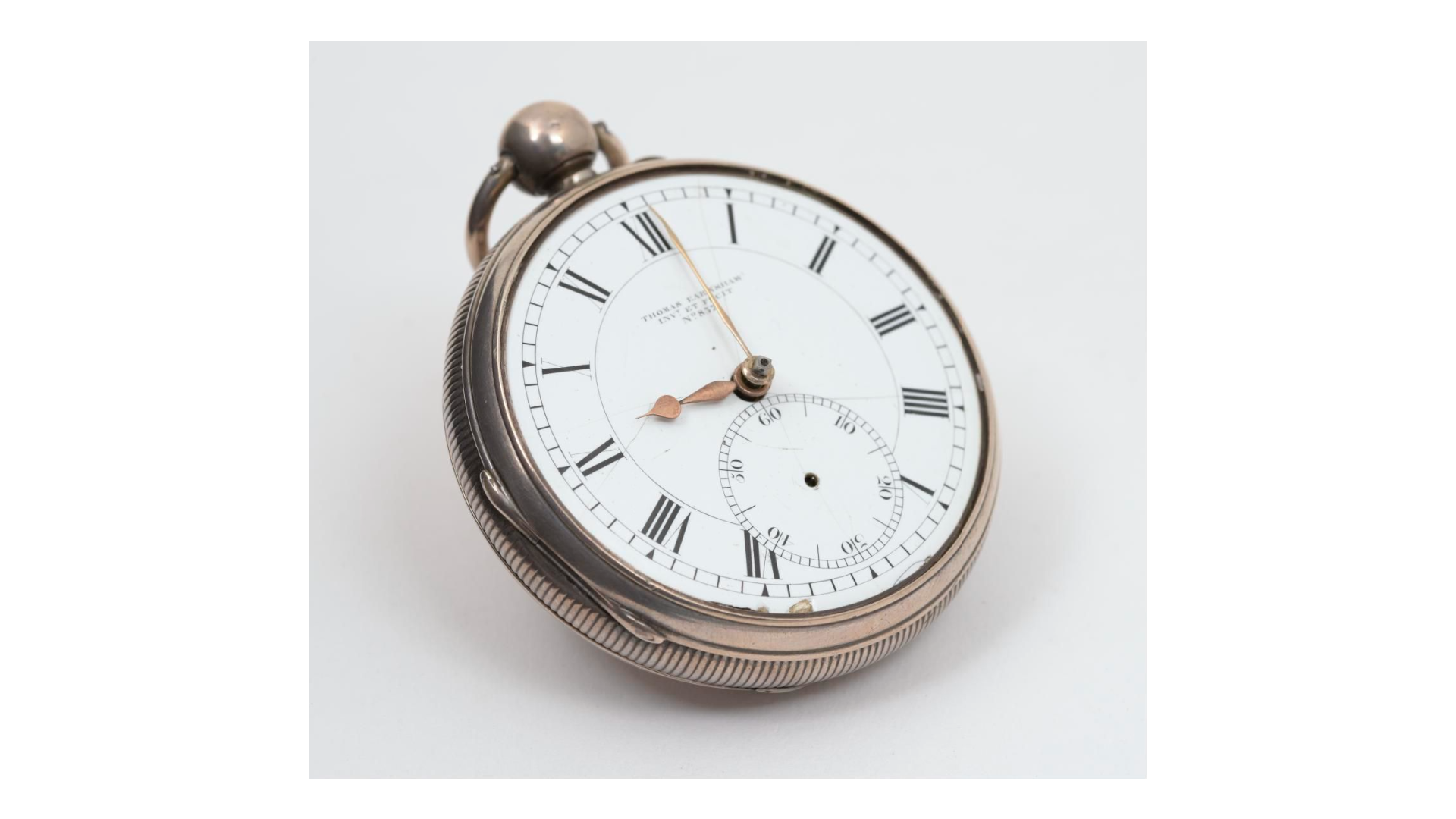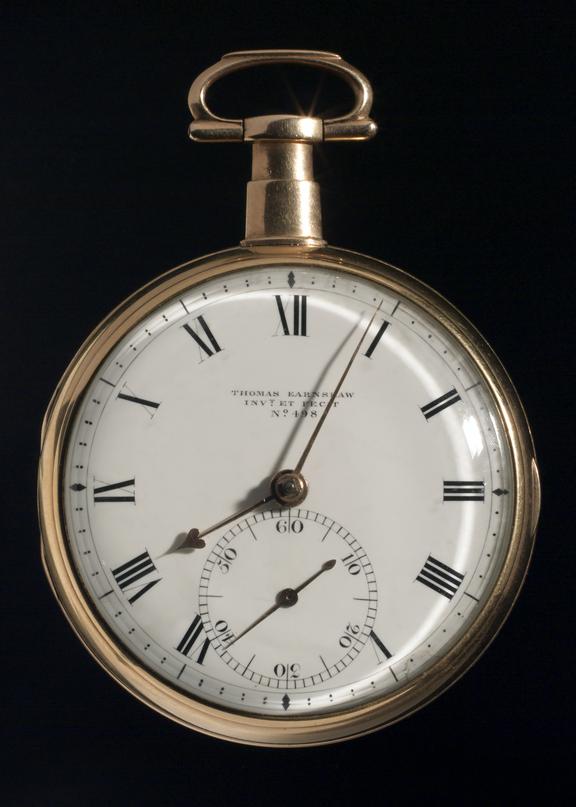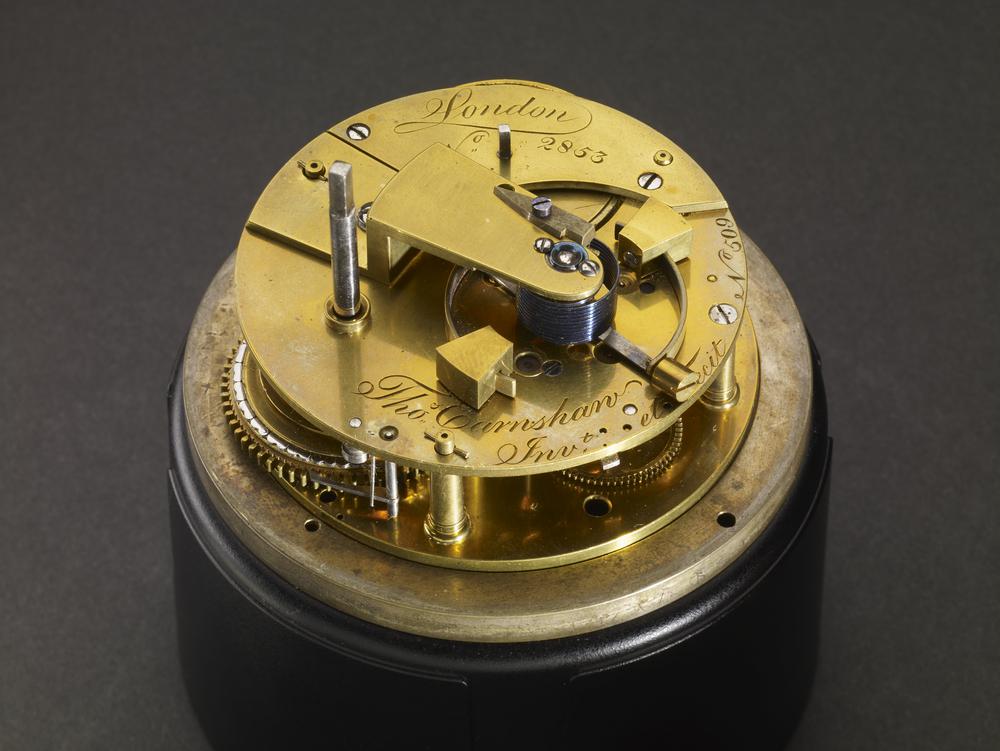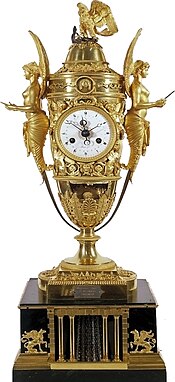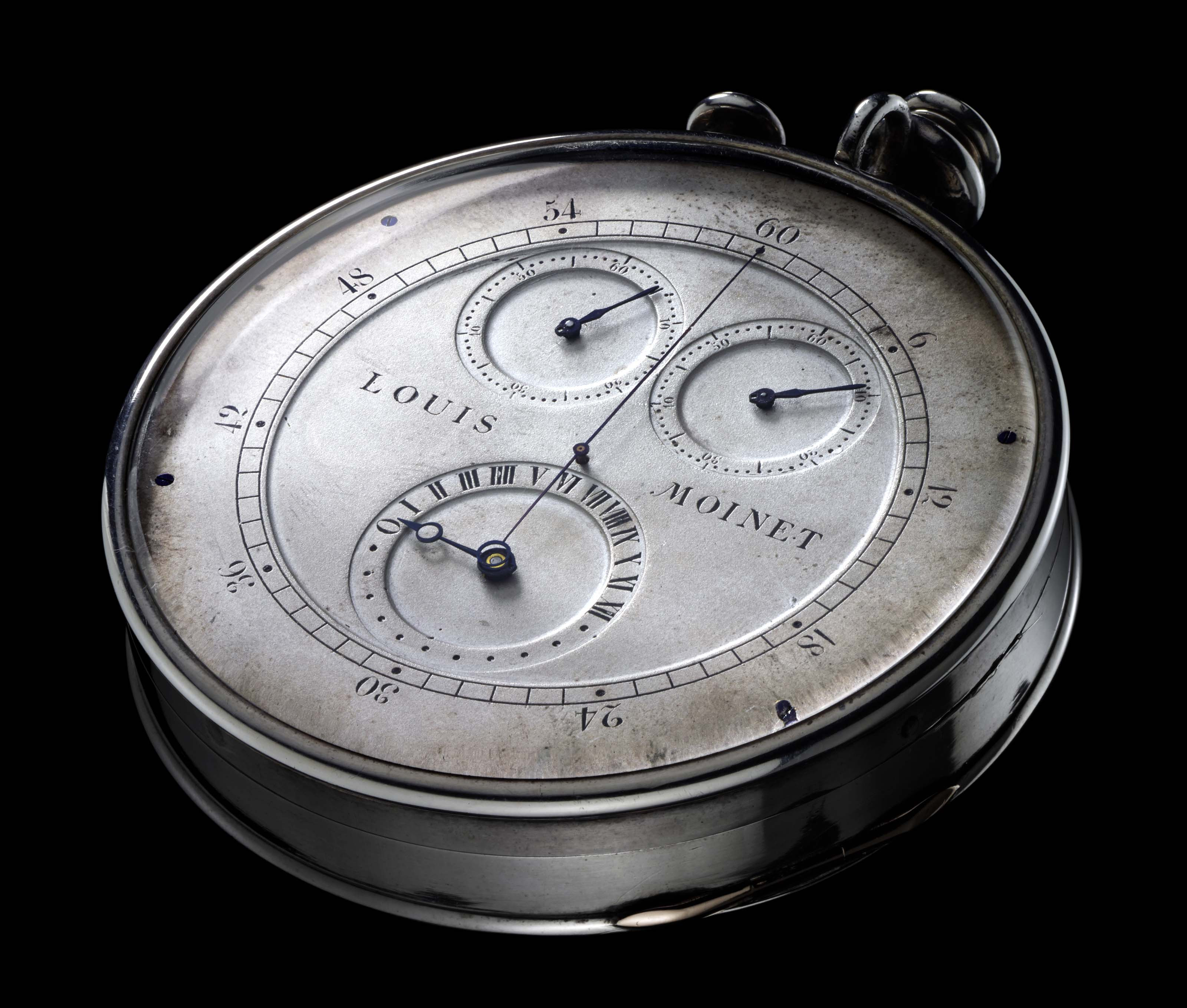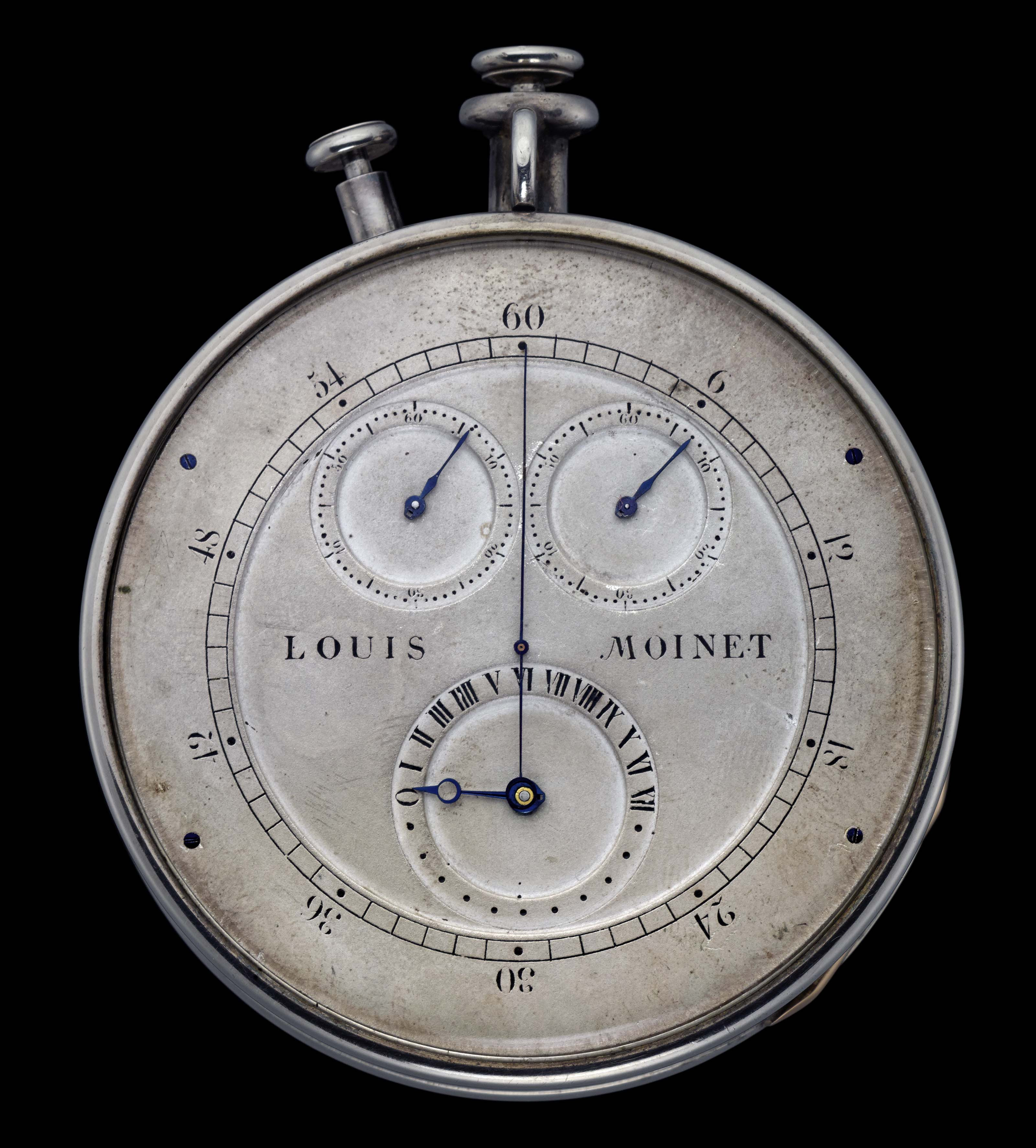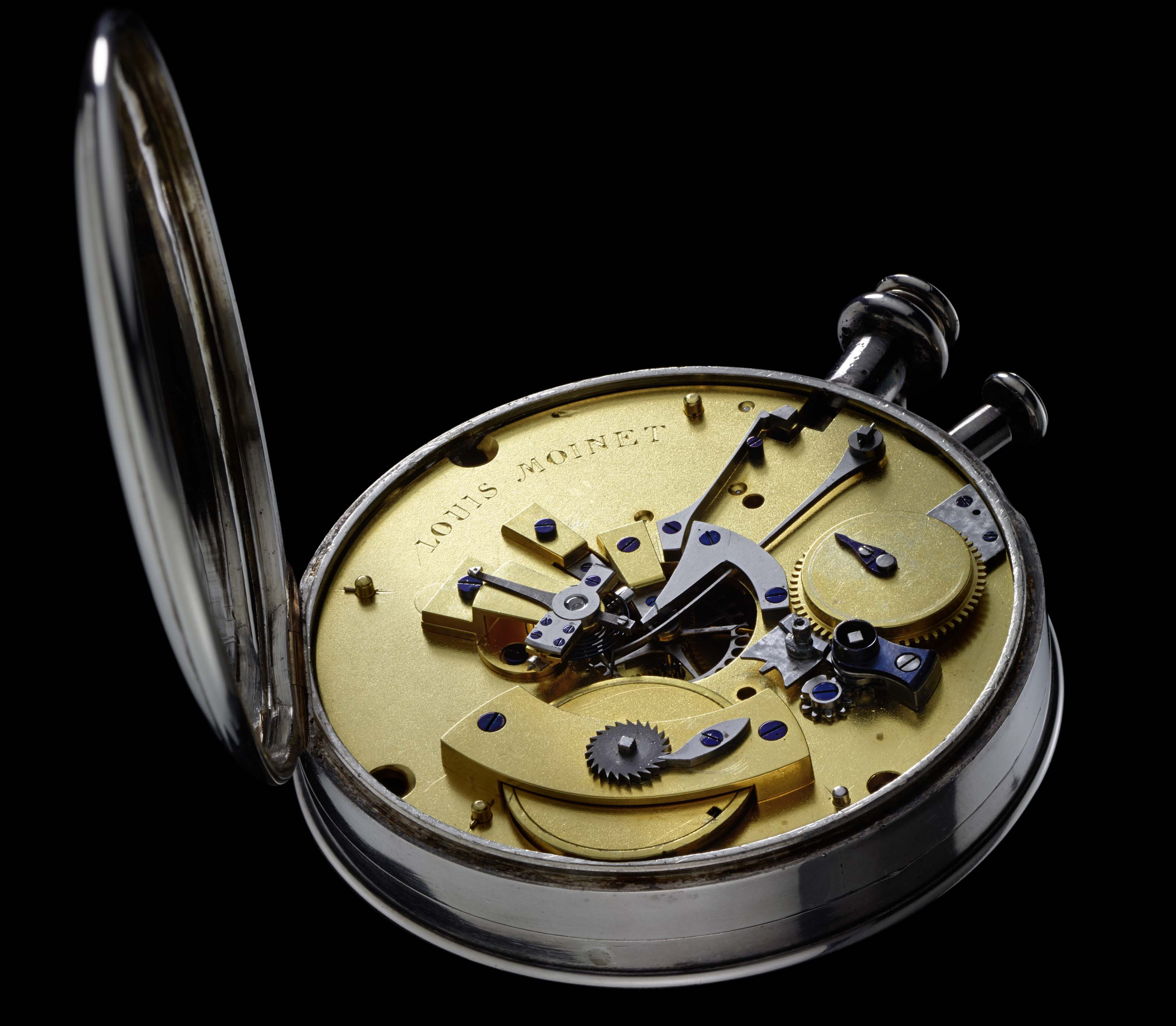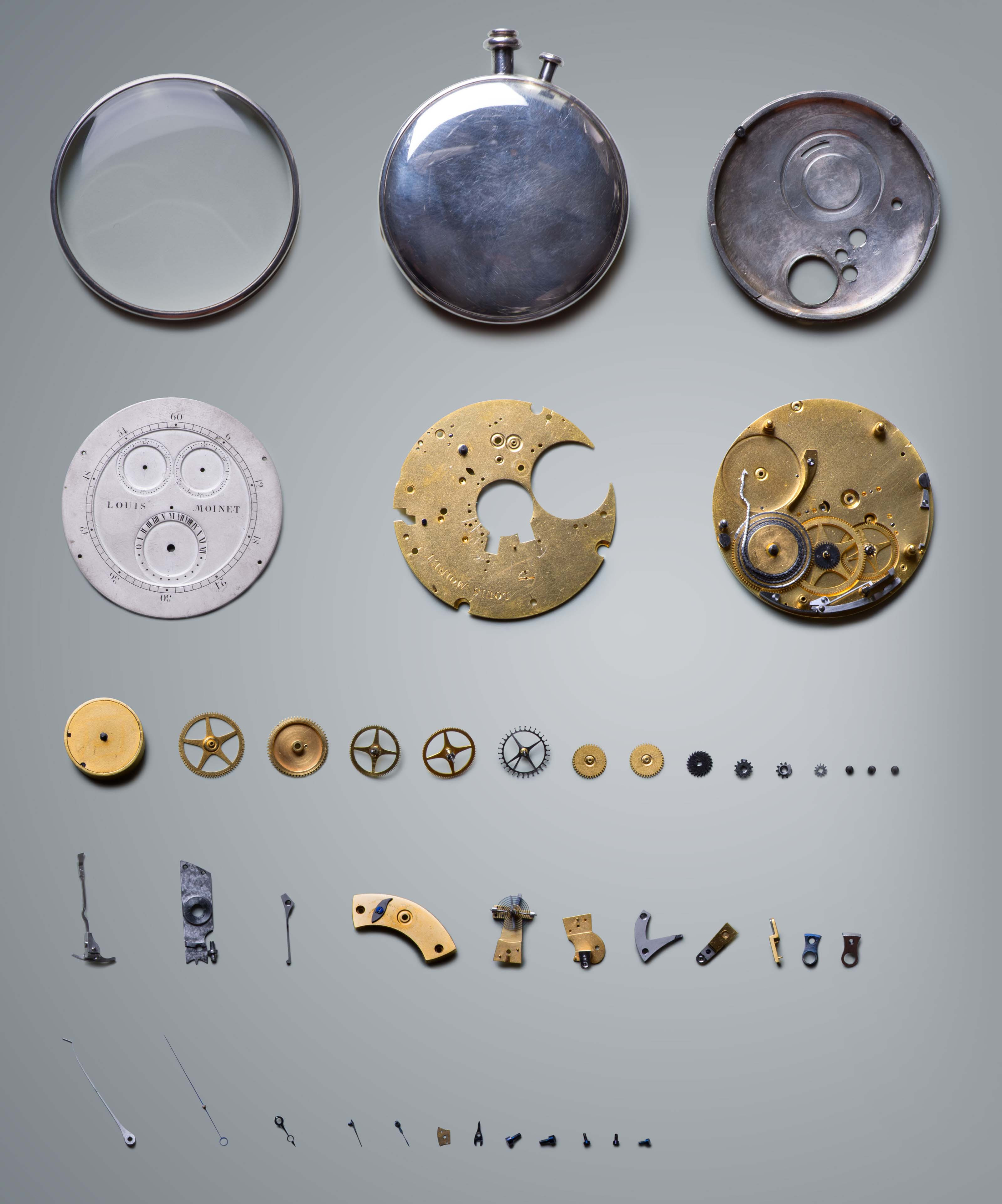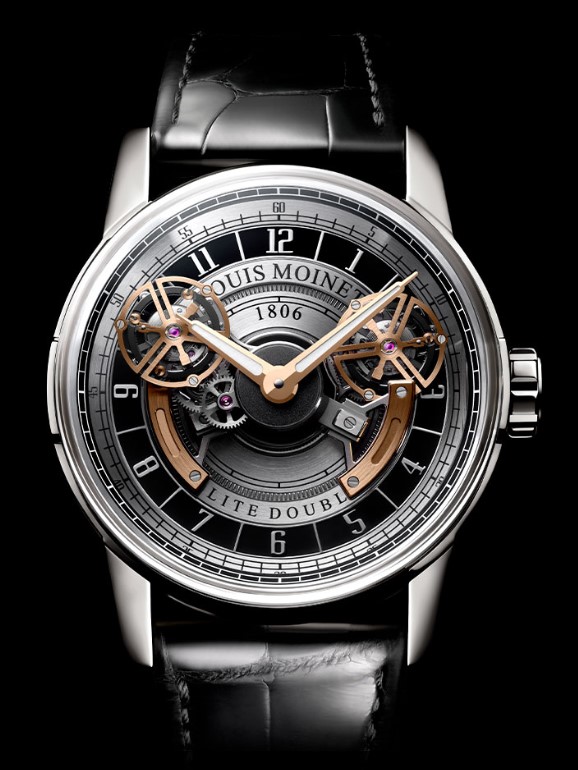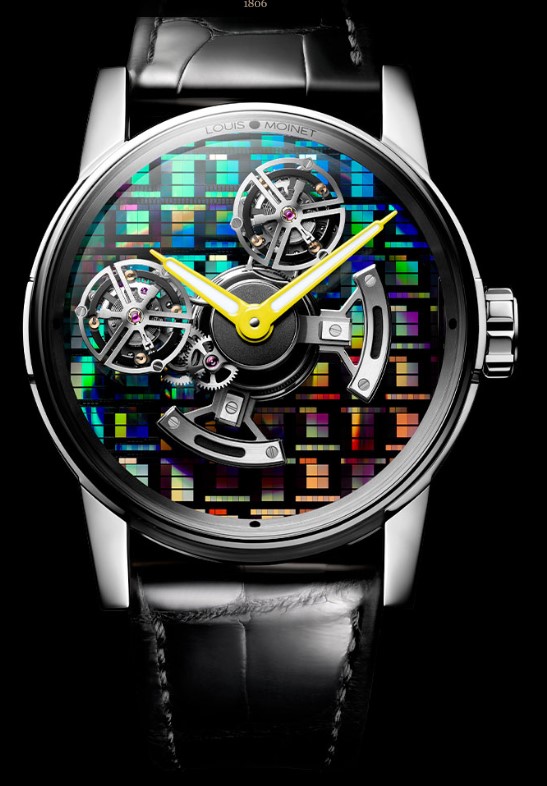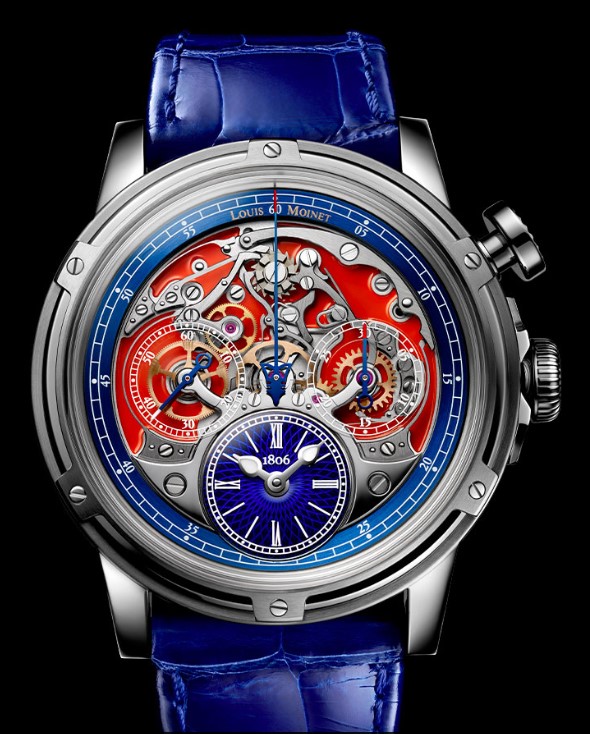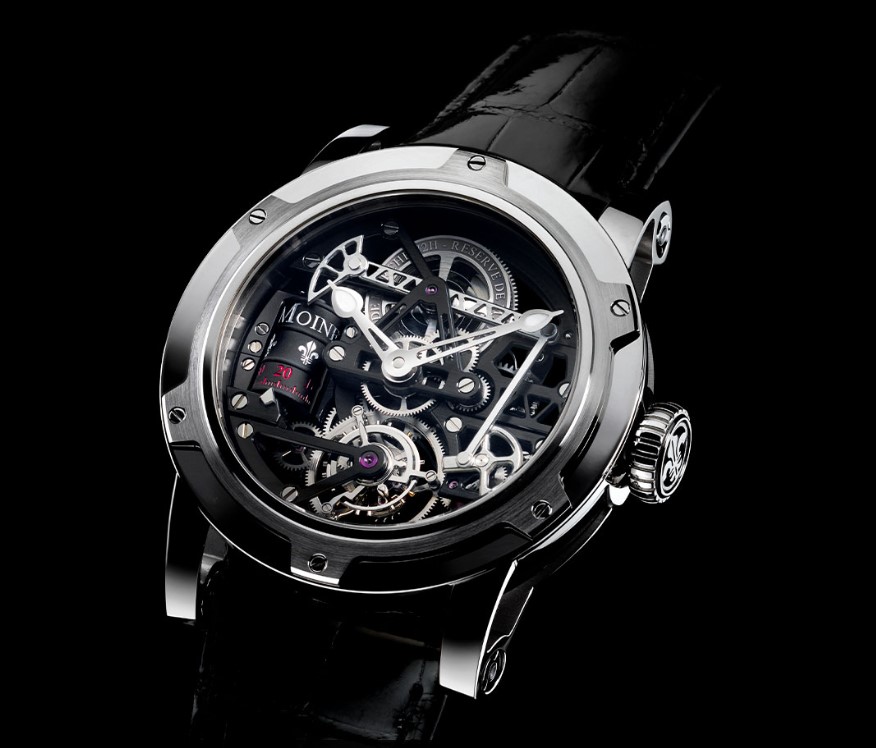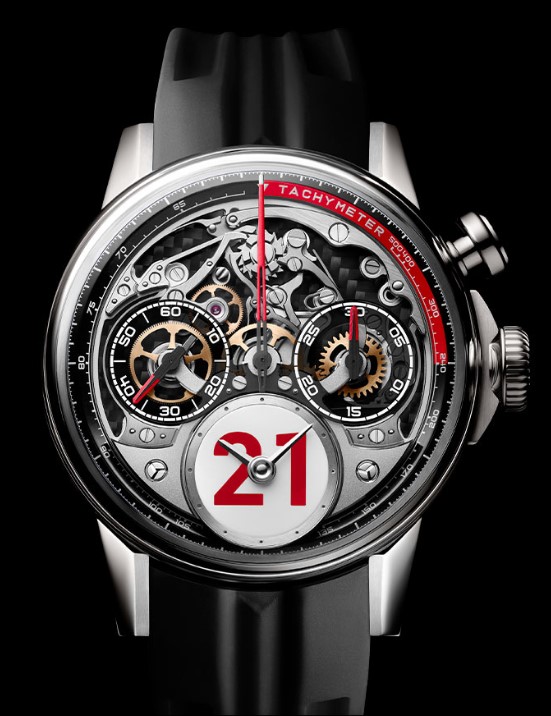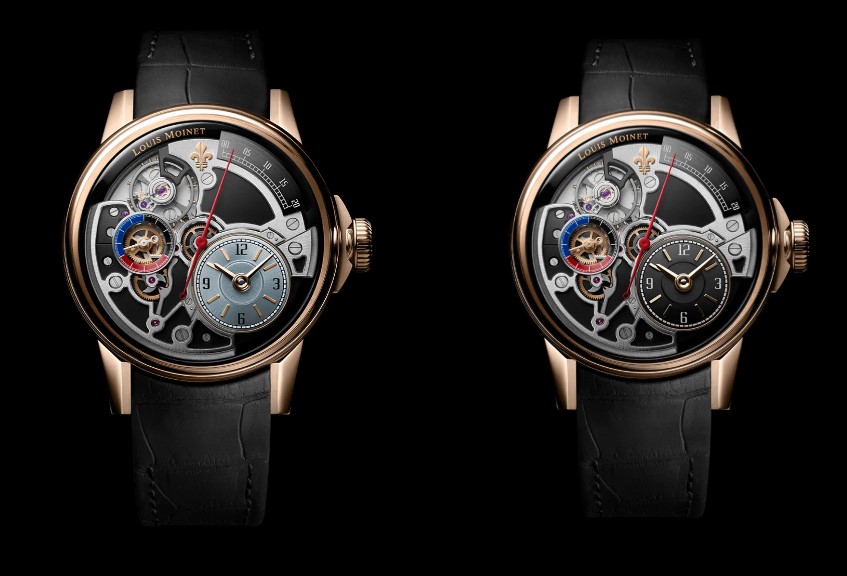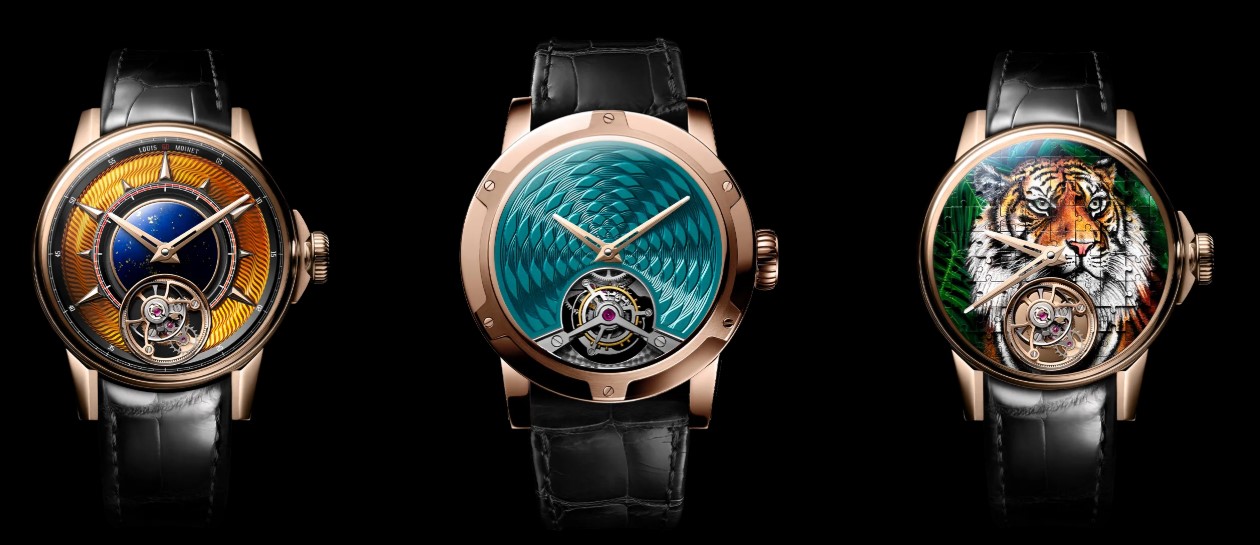Some notes on the oldest watch brands – Bovet (Fleurier) 1822
An interesting brand, Bovet is, not very widely known today, probably because it caters to the super-duper rich. Its watches range from 18k$ for the beggar versions to 2.5M$ for the top of the line. Characteristic of these watches are the minutely handcrafted details and enamel parts, and of course the complications. Maybe Jaquet Droz is comparable as to the market niche they occupy.
Interesting brand, interesting founder. Édouard Bovet (1797–1849) was the son of Jean-Frédéric Bovet, a master watchmaker in Fleurier. Fleurier is a watchmaking town in the Val-de-Travers district of the canton of Neuchâtel in western Switzerland. Well-known watch companies such as Parmigiani and Chopard have their headquarters here. Watchmaking in this town dates back to 1730, when David-Jean-Jacques-Henri Vaucher (an apprentice of Daniel Jeanrichard) began making watches here. By 1750, there were already 15 watchmakers working in the town. The number rose to 106 in 1794, making up 13% of the population.
Édouard started studying at his father's workshop, however he moved to London in 1814 (some sources mention 1812, some sources mention "political reasons", but I couldn't find anything specific) together with 2 of his brothers and studied with Ilbury and Magniac. Ilbury and Magniac came both from clockmaker families in London. Together with James Cox (another London clockmaker), Ilbury and Magniac were specialized in the Chinese market.
It seems like Édouard's strength was more in the business part than the horological part, so 1818 he was sent to China to take care of the trading business for Magniac. Almost as soon as he arrived he was able to sell four of his watches for the equivalent of US$1 million in 2008 currency.
Smart as he was, Édouard saw the potential of the chinese market and took the opportunity to become independent, drawing on the advantage of having 2 brothers sitting in London and a fourth still in Switzerland. The original Bovet company was registered in London in 1822 by Edouard Bovet to produce watches exclusively for the Chinese market. Some watch historians believe that the company was founded in London to ship watches to China on the East India Company's frequent ships. Edouard's brothers Alphonse and Frederic remained in London to manage the shipping; another brother, Charles-Henri (some mention a "Gustave"...), managed production in Fleurier, while Edouard developed the market in Canton.
Bovet was neither the first nor the last company to set its sights on the Chinese watch market. They shared it with Ilbury, Jaques Ullmann and Vacheron Constantin, among others. While Vacheron Constantin dominated the market in imperial North China from 1820, Bovet remained the market leader in the more populous south of the country. Although the Chinese watch market of the 19th century had already been dominated by a few Jesuit watchmakers in the 15th century, Bovet was still the market leader.
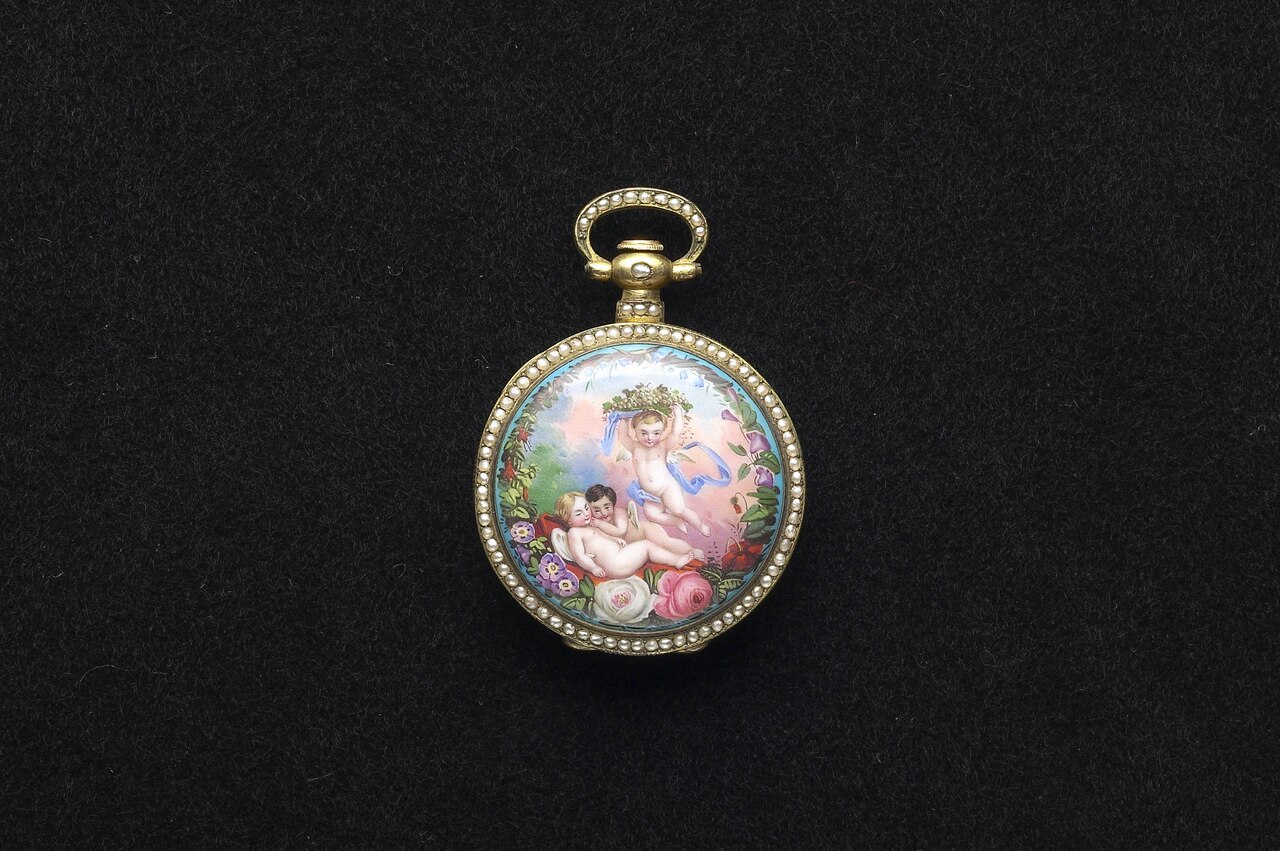
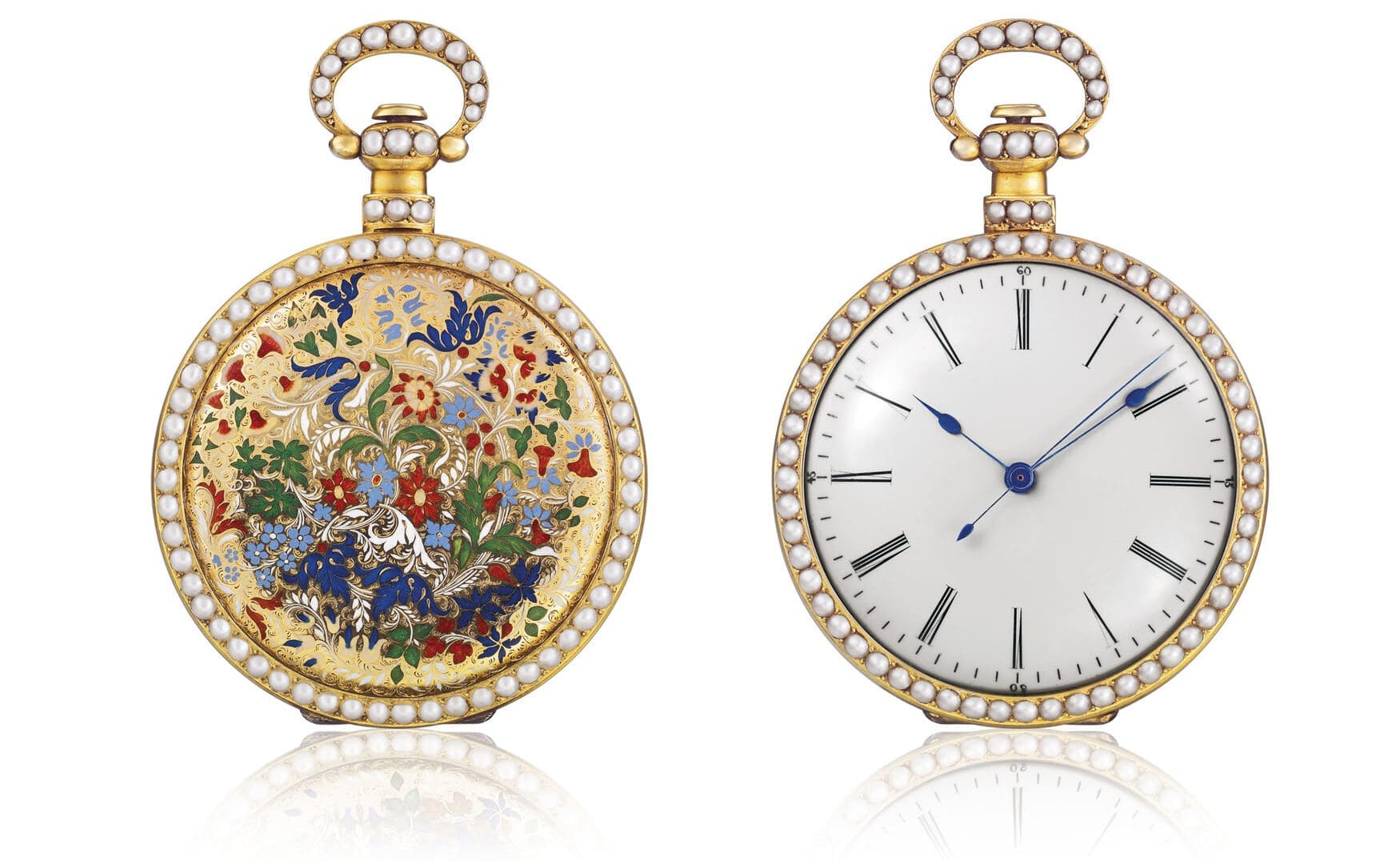
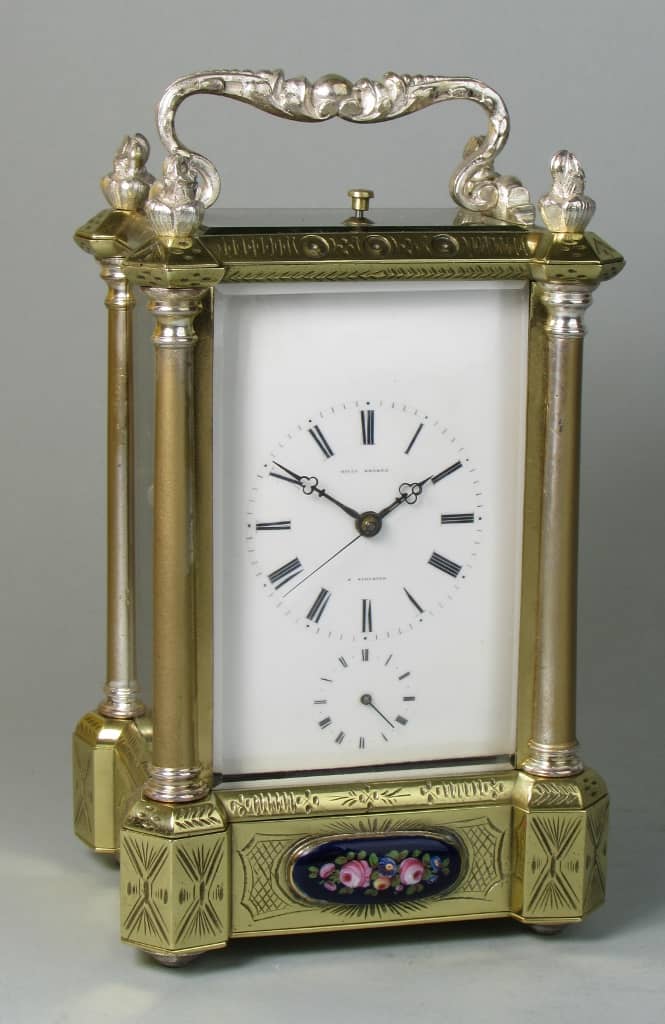
Bovet produced ordinary watches with luxurious finishes, including pearl and enamel artwork, display case backs, and jewels. These became famous in China, taking the name of the company to describe the “Bovets”. It was a custom in China to give valuable gifts in pairs, so two identical watches were often produced and sold as a set.
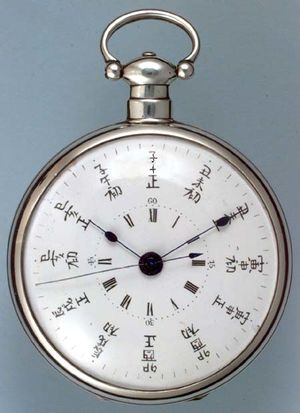
Notwithstanding their high price, the popularity of Bovet watches in China meant that the company had to contract with other Swiss manufacturers such as Guinand to help them meet demand. Even though Juvet Fleurier also sold pieces in China, it was not uncommon to see Bovet pieces with a Juvet movement. In the 1830s Bovet established a manufacturing facility in Canton, but because of restrictions resulting from the Opium Wars, they had to close that facility and open a smaller one in Macau. It was about this time that the company created a Chinese name to more effectively market to the middle class. The Chinese name for Bovet, "Bo Wei", became a common noun for watches in China for many years. A Bovet watch was considered an asset in China and was accepted in payment everywhere.
 The chinese brand of Bovet, pronounced "bo-wei"
The chinese brand of Bovet, pronounced "bo-wei"
The thriving trade established Bovet and Fleurier as a dominant manufacture, but when he returned to Fleurier in 1830, he became part of a separatist movement against the Prussian rulers of the area and fled to Besançon the next year, where he continued watchmaking with the help of other exiled watchmakers. Once the political situation was back to normal, in 1840, the firm was reregistered as Bovet Frères et Cie.; the share capital amounted to one million francs. Edouard Bovet died in 1849.
The Chinese watch market collapsed around 1855 due to competition from France and the United States along with the tremendous number of Chinese-made counterfeits. By 1864 problems caused by the Opium War caused the Bovet family to sell their interest in the company. They sold the company to their manufacturing inspectors in Fleurier, Jules Jequier and Ernest Bobillier, who were soon joined by Ami Leuba.
Bovet continued to manufacture pocket watches, though at a much reduced rate, and would frequently offer its manufacturing services on a contract basis to other watch companies. The Landry Frères purchased Bovet in 1888 but did not invest in it. In 1901, the Bovet trademark was sold at auction in Paris to Cesar and Charles Leuba, sons of Ami Leuba. Jacques Ullmann and Co., another successful producer of watches for the Chinese market, purchased the Bovet brand in 1918. After Jacques Ullmann went out of business in 1932, the Bovet name was acquired by Albert and Jean Bovet, who were successful watch makers and registered several patents for chronographs, such as the mono rattrapante: a device that would pause the second hand for a reading while the mechanism continued to run. The company Favre-Leuba purchased the name and manufacturing facilities from the Bovet brothers in 1948. Favre-Leuba stopped producing Bovet branded watches in 1950, and then only manufactured its own branded watches from the facilities it acquired from the Bovet brothers. Favre-Leuba sold the Bovet brand and facilities in 1966 to a cooperative of individual watch makers.
The Bovet branded watches sold by Bovet Frères in the early 1940s (and possibly as early as the 1930s) and by Favre-Leuba from 1948 to 1950 contained a number of ebauches, or blank movements manufactured by other companies. Initially the signature, or logo, on the dial of the Bovet Frères watches simply had the name of the company in a typical typeface, but in the early 1940s their watches had their stylized logo without the "Frères". When Favre-Leuba purchased the company, the stylized logo was replaced with simply "Bovet" in normal type, then with a stylized "Bovet". In the transition just before the Favre-Leuba watches no longer used the Bovet brand, watches assembled at the Bovet facility bore the name of both Favre-Leuba and Bovet.
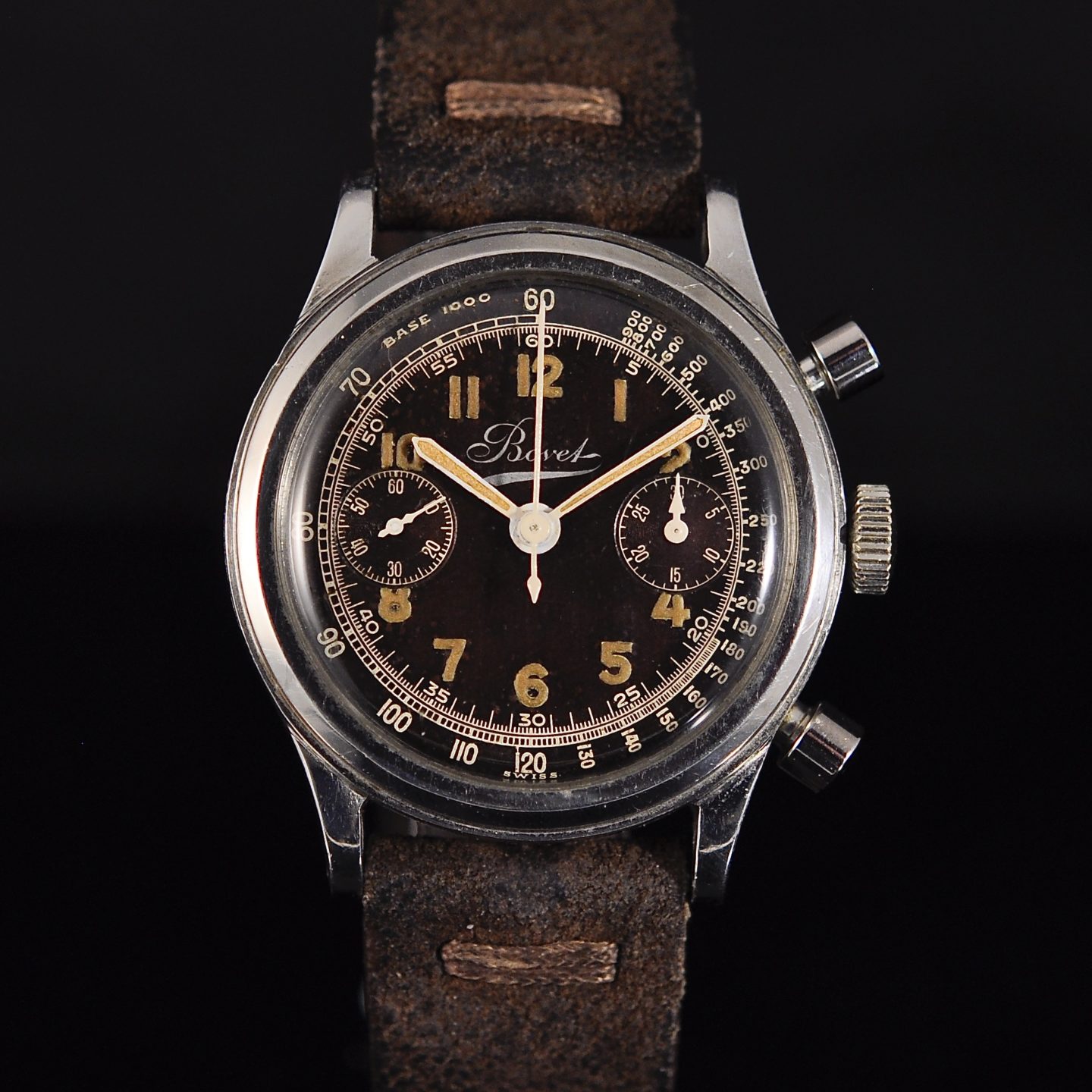
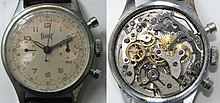
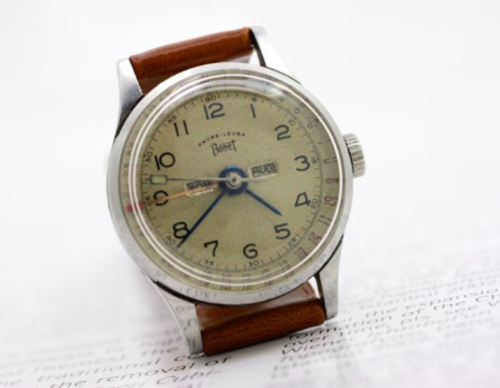

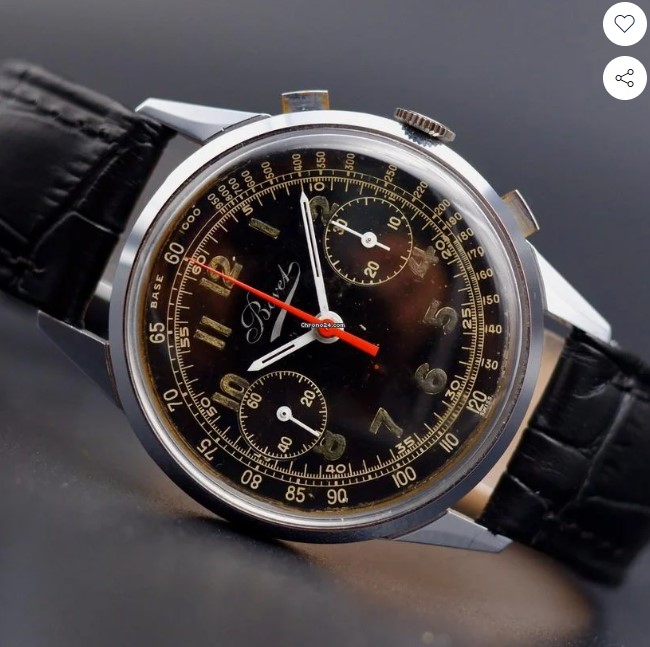
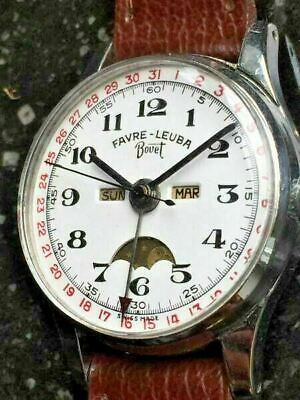

In 1989, Parmigiani Fleurier purchased Bovet and registered the trademark for "all watchmaking products, mechanical watches and clocks and naval instruments, of Swiss origin", but no Bovet branded timepieces were produced. Parmigiani sold Bovet in 1990 to investors, and Bovet Fleurier SA was established. However, no watches were actually manufactured by the company until after it was acquired by Roger Guye and Thierry Oulevay in 1994, who opened a branch office in Geneva.
The company was acquired by Pascal Raffy, its current president, on 6 February 2001. In June 2006, Raffy purchased several manufacturing structures, such as the STT group, which produced complicated watch movements, in order to obtain complete control over the quality of all phases of the watch crafting process. STT was renamed Dimier 1738 Manufacture de Haute Horlogerie Artisanale and went into a full restructuring over the next two years in order to bring the standards up to those of Bovet. The second purchase was a dial and precious gem setting manufacture located in Plan-les-Ouates in Geneva. The name was changed also from Valor, Lopez et Villa to Dimier 1738 Manufacture Artisanale de Cadrans et de Sertissages. With the same philosophy as the movement factory, Raffy turned this factory into an artisan center providing dials for Bovet, Dimier's watch brand, and a select group of clients in luxury watchmaking. There are currently about 150 employees of Bovet Fleurier SA and the Dimier manufactures, and the company only produces 800 watches a year.[14] Some modern Bovet watches are fitted with mechanisms manufactured by Vaucher Manufacture, a company that also supplied watches to the Chinese market in the 19th century. Bovet spends very little to advertise and prefers to have private salons for clients instead of attending public fairs. About a third of the watches it manufactures are one-of-a-kind pieces that are made on order.
Bovet watches include a lot of artistic detail, allegedly the company gives the artisans a great deal of independence in creating the elements of the watches. The Chinese watches were originally sold in pairs in a mahogany box, both for good luck and so that the user would have a back-up watch if one needed repair, as repairs would sometimes take more than six months to complete. The design characteristics of the watch emphasized the elements which appealed to Chinese consumers.
One of these appealing characteristics was the mechanics of clocks and watches, and so Bovet emphasized the beauty of the movements with its skeletonized views and highly decorative movements, the first watches to emphasize these characteristics in this way. For the same reason the watches were also among the first to include a second-hand. The enamel decorations were usually of European scenes or plant life, which made the watches more appealing to the Chinese consumers, since such images were as exotic to them as the European-made watches themselves.
The original Chinese Bovet watches often fetch more than US$300,000 for the most decorative models, and more than $50,000 for the simpler ones. The simplest metal Chinese watches in moderate condition are usually sold for at least $500. Replicas have become increasingly common on the Internet, and while some are the counterfeits produced in China in the 19th century, some more modern counterfeits have also been seen, particularly in markets in Europe and on the Bay.
